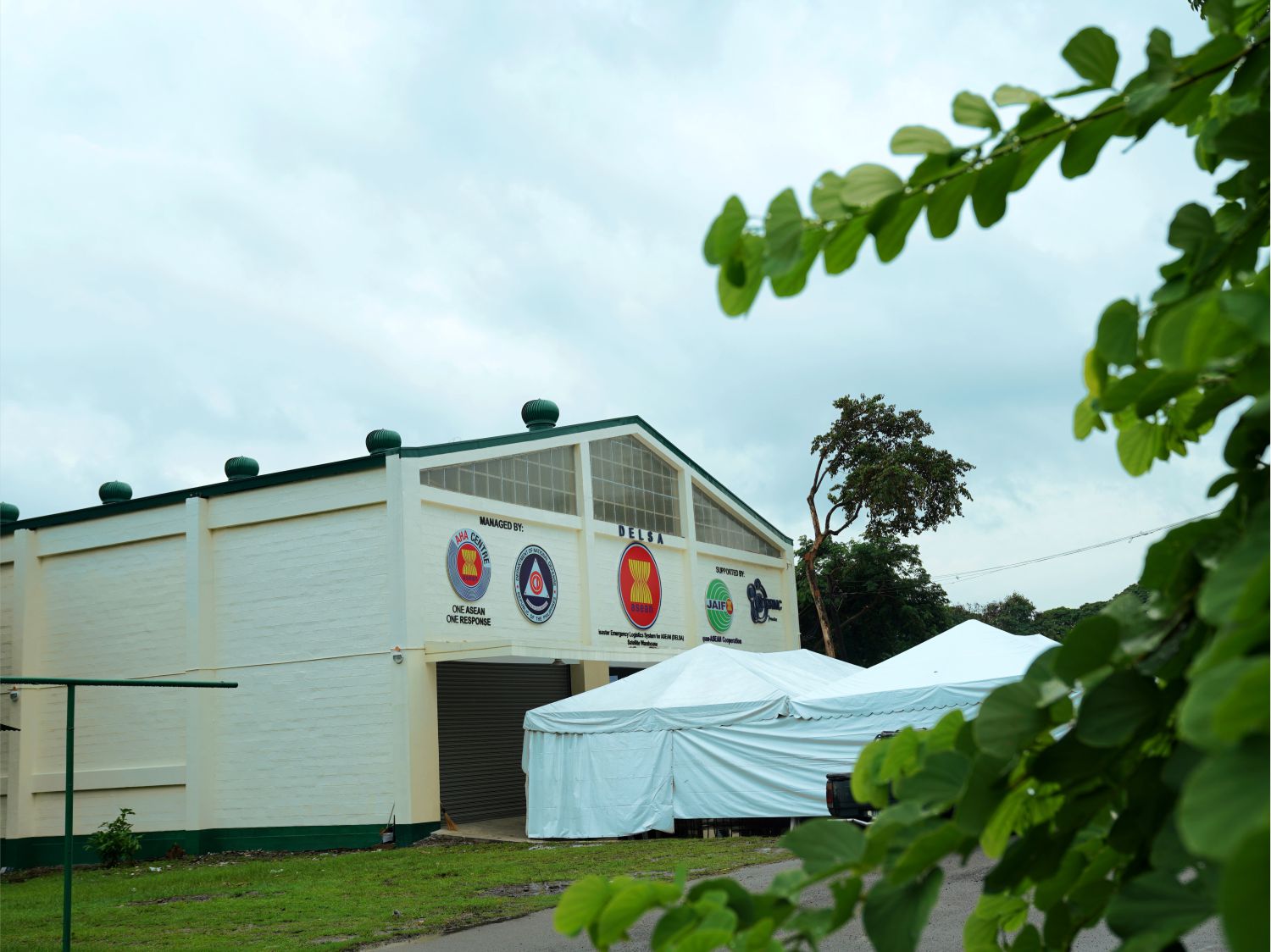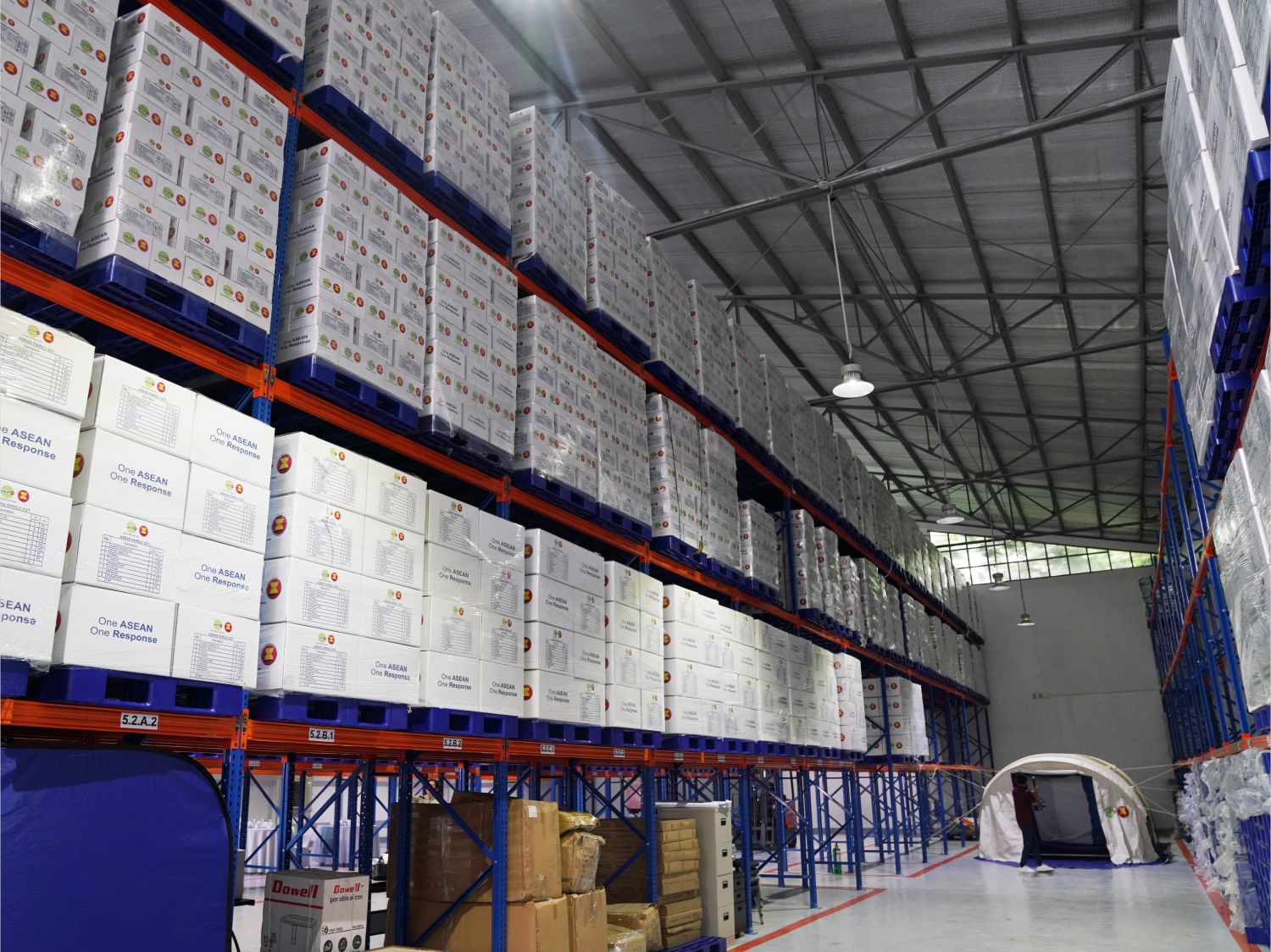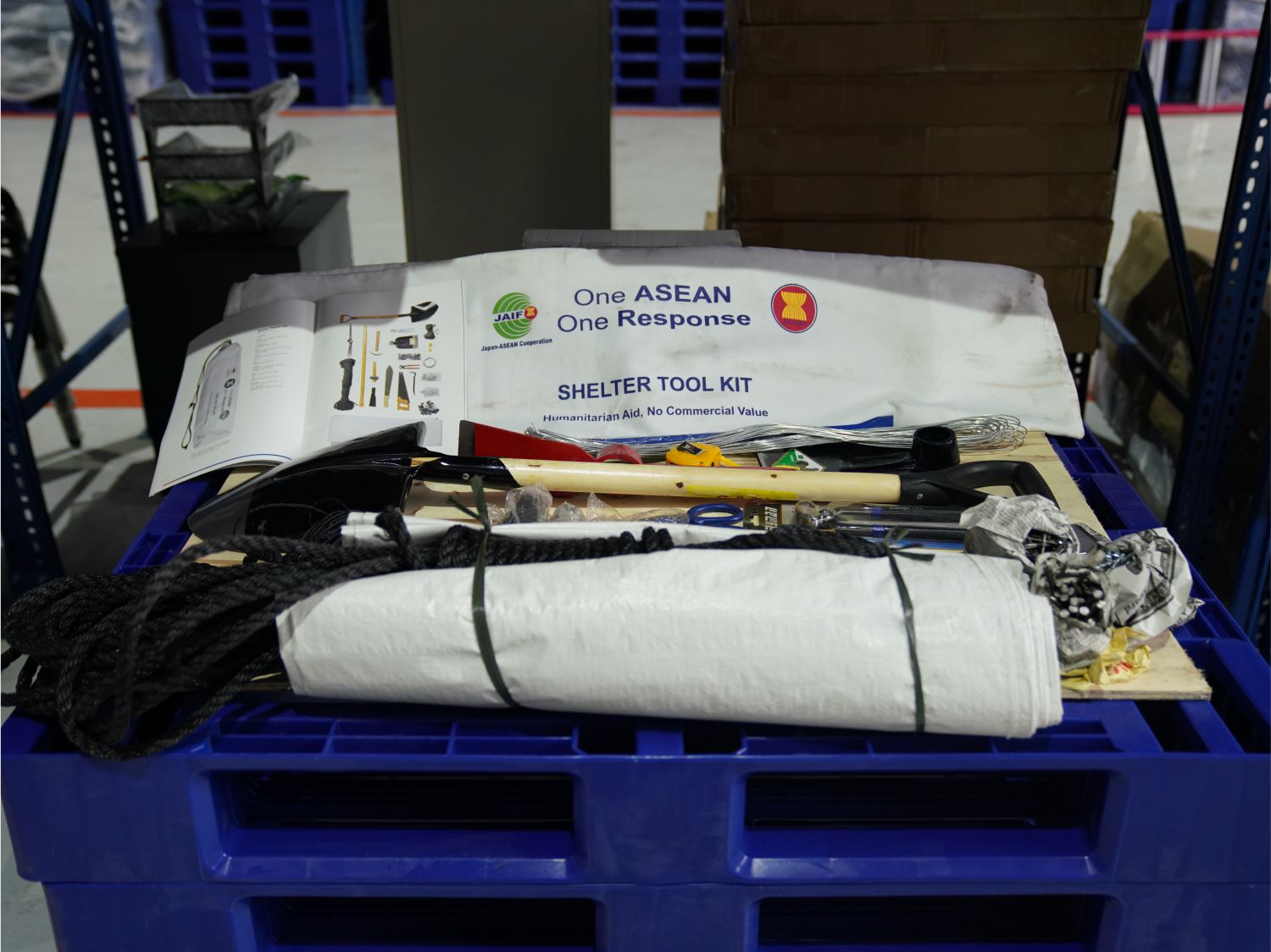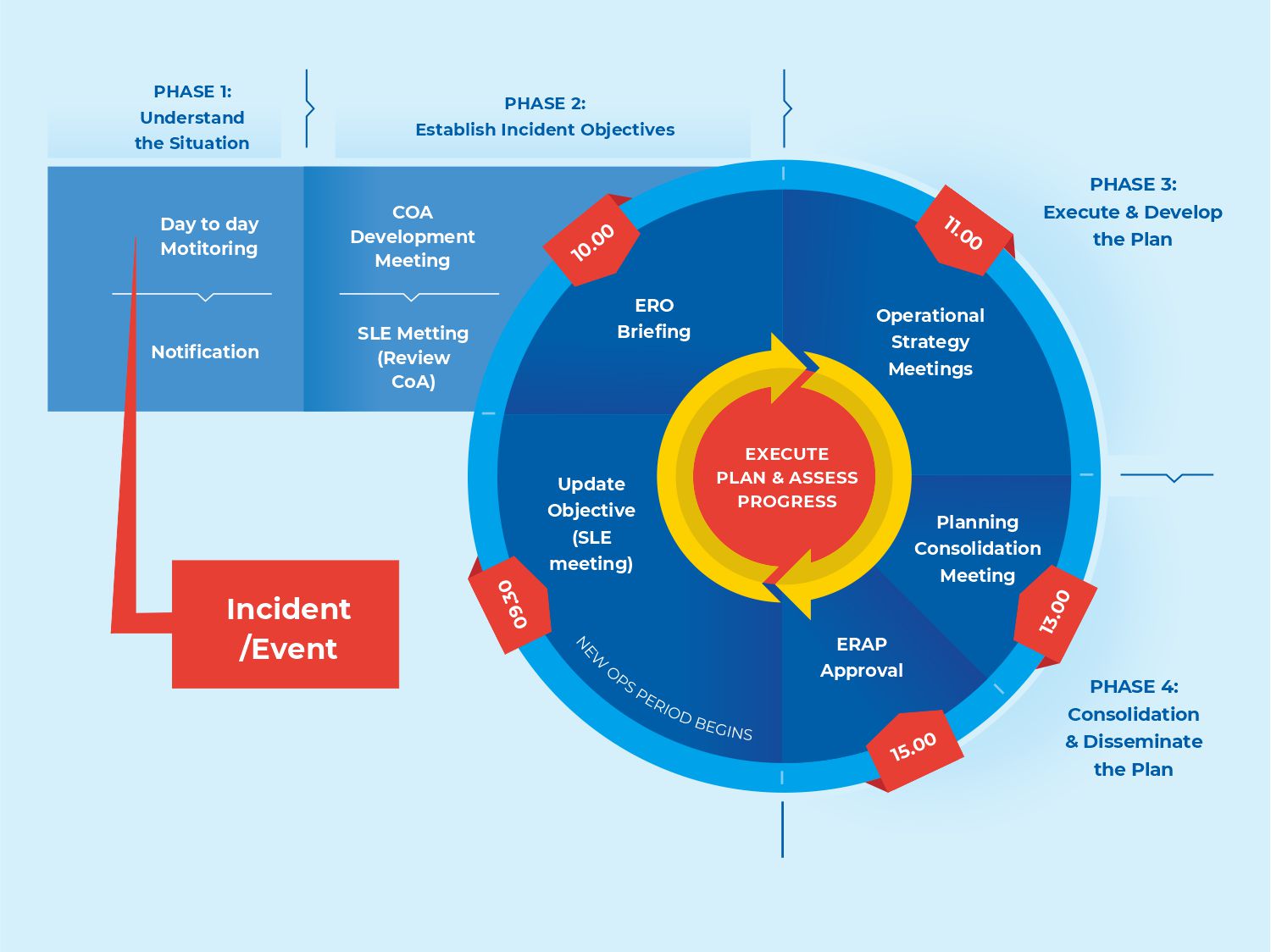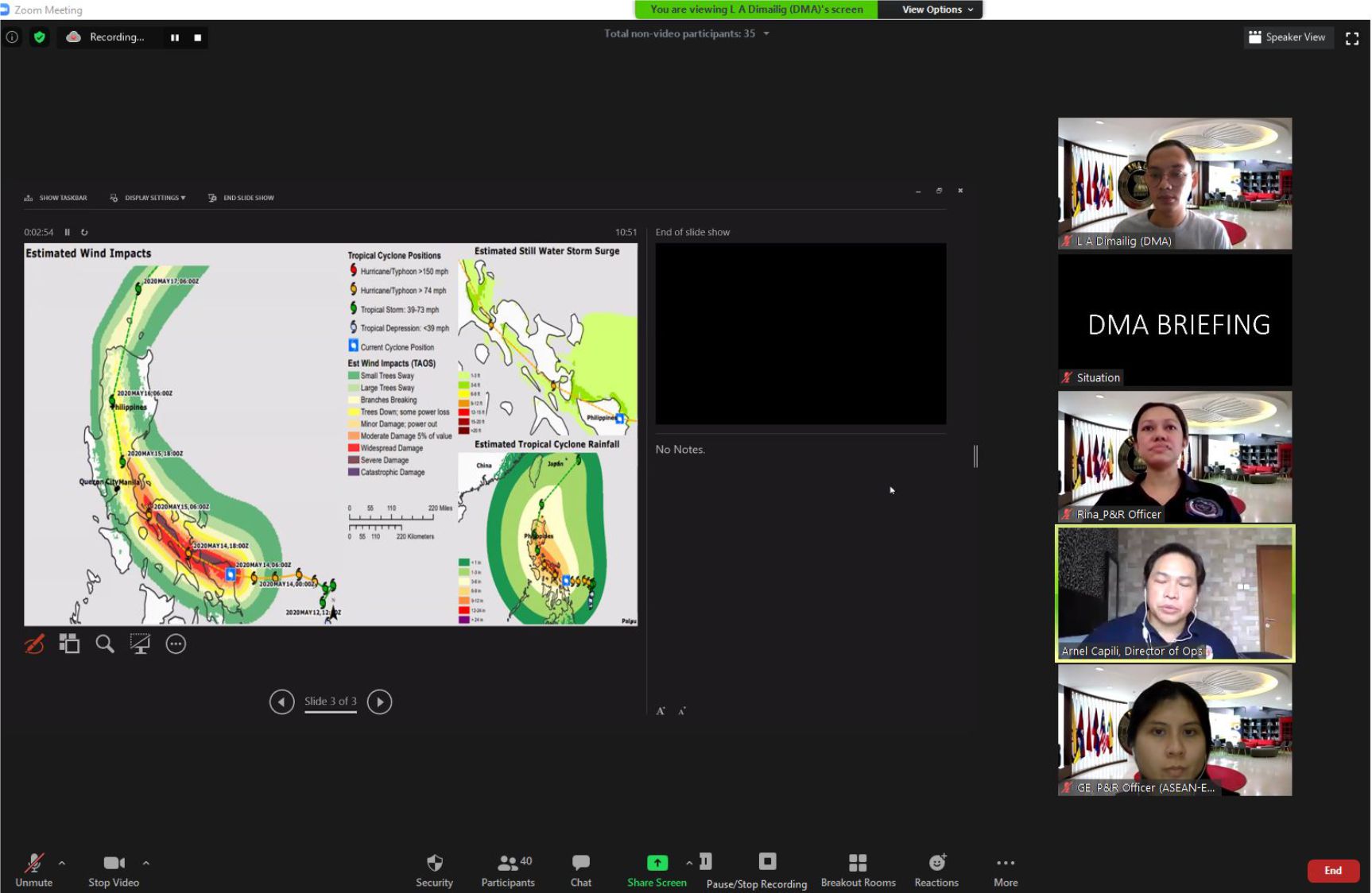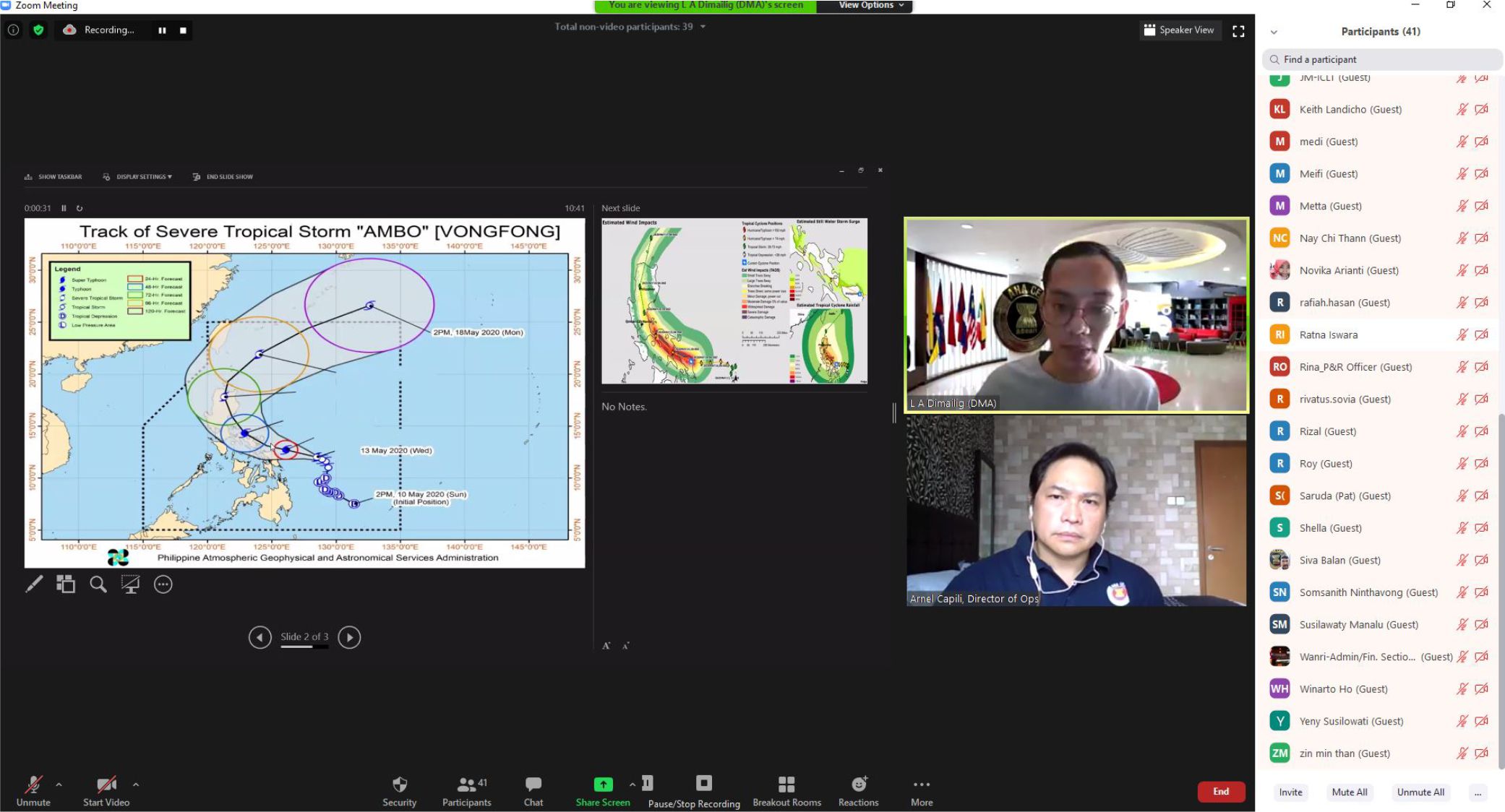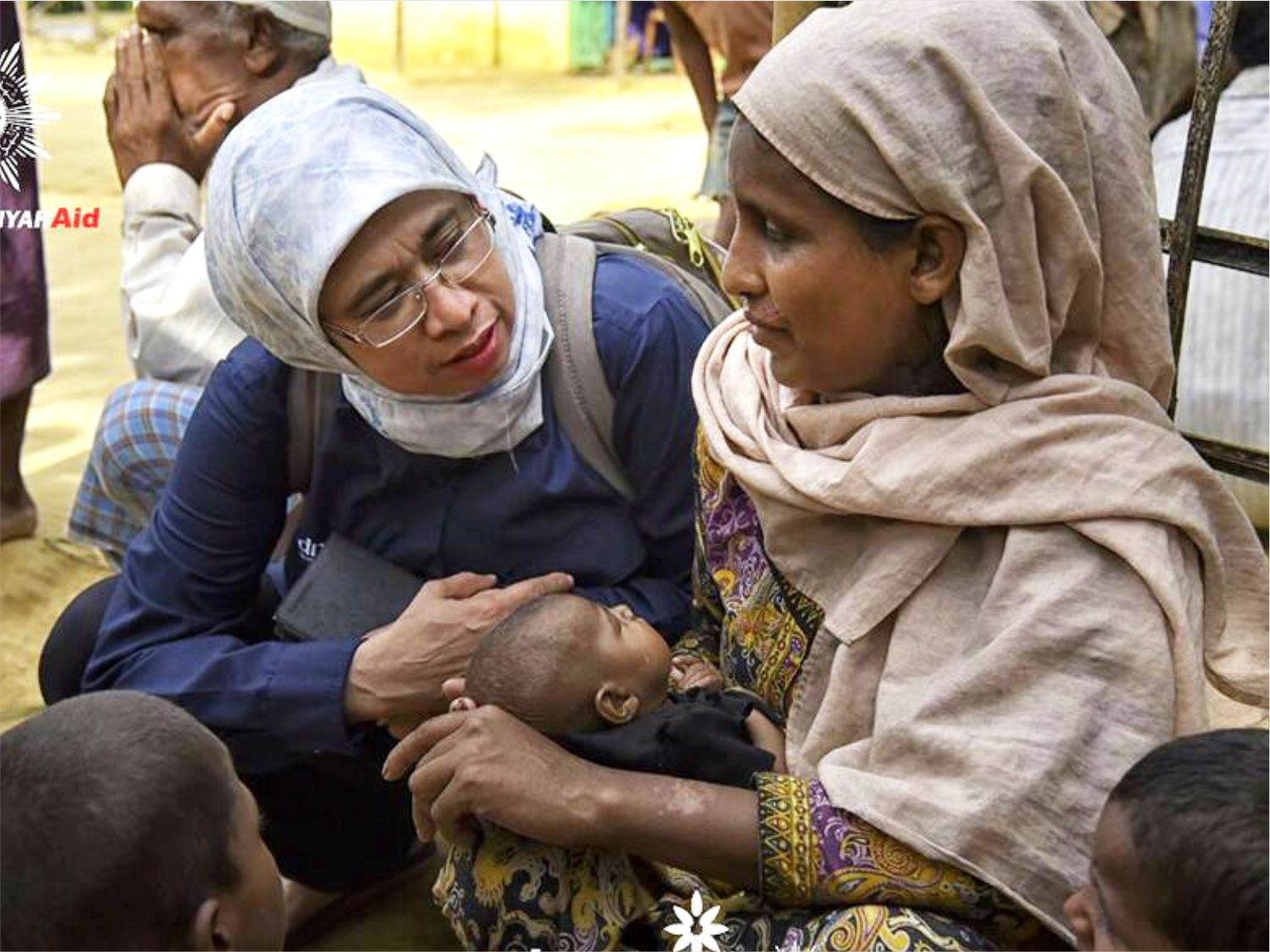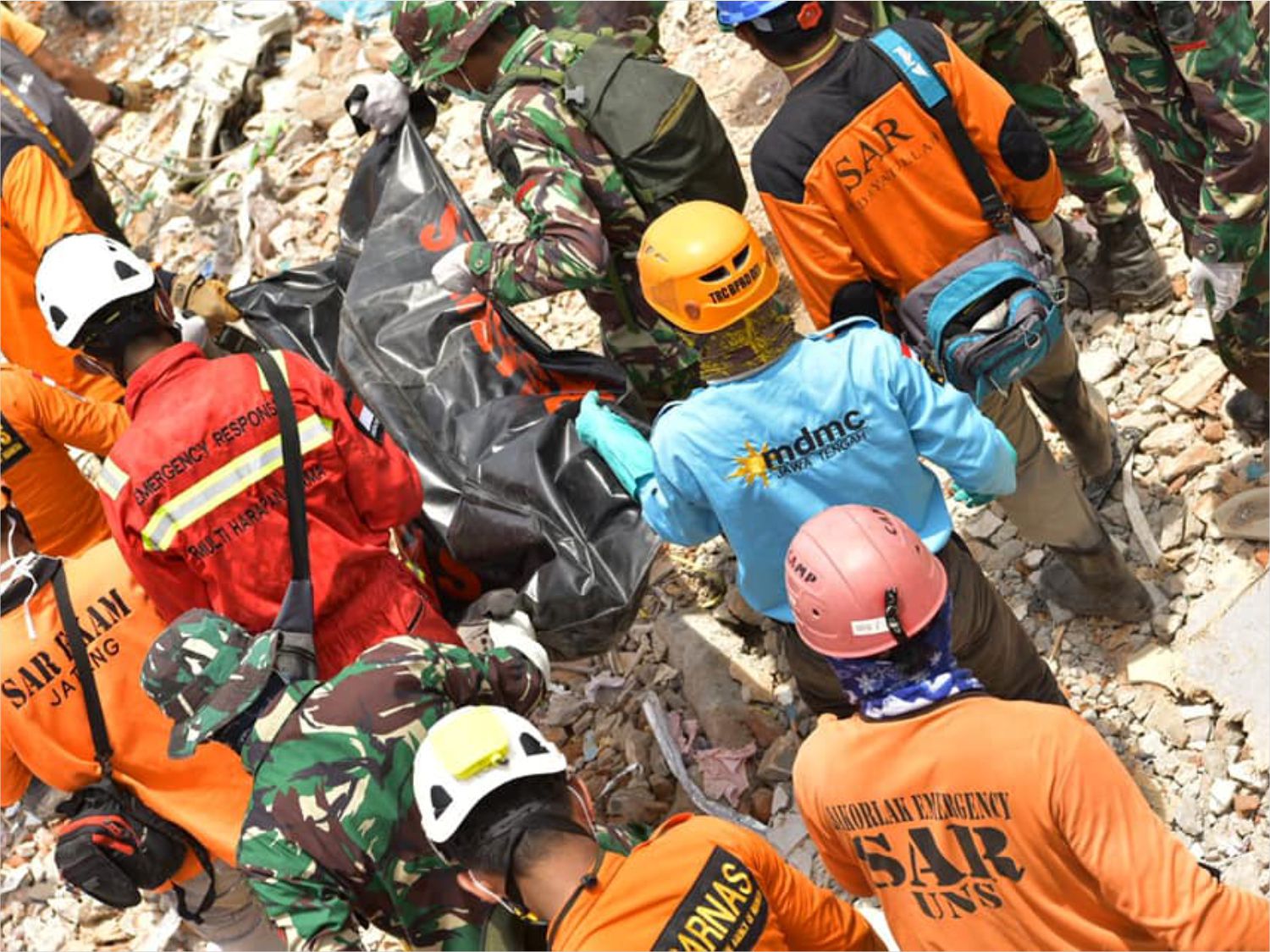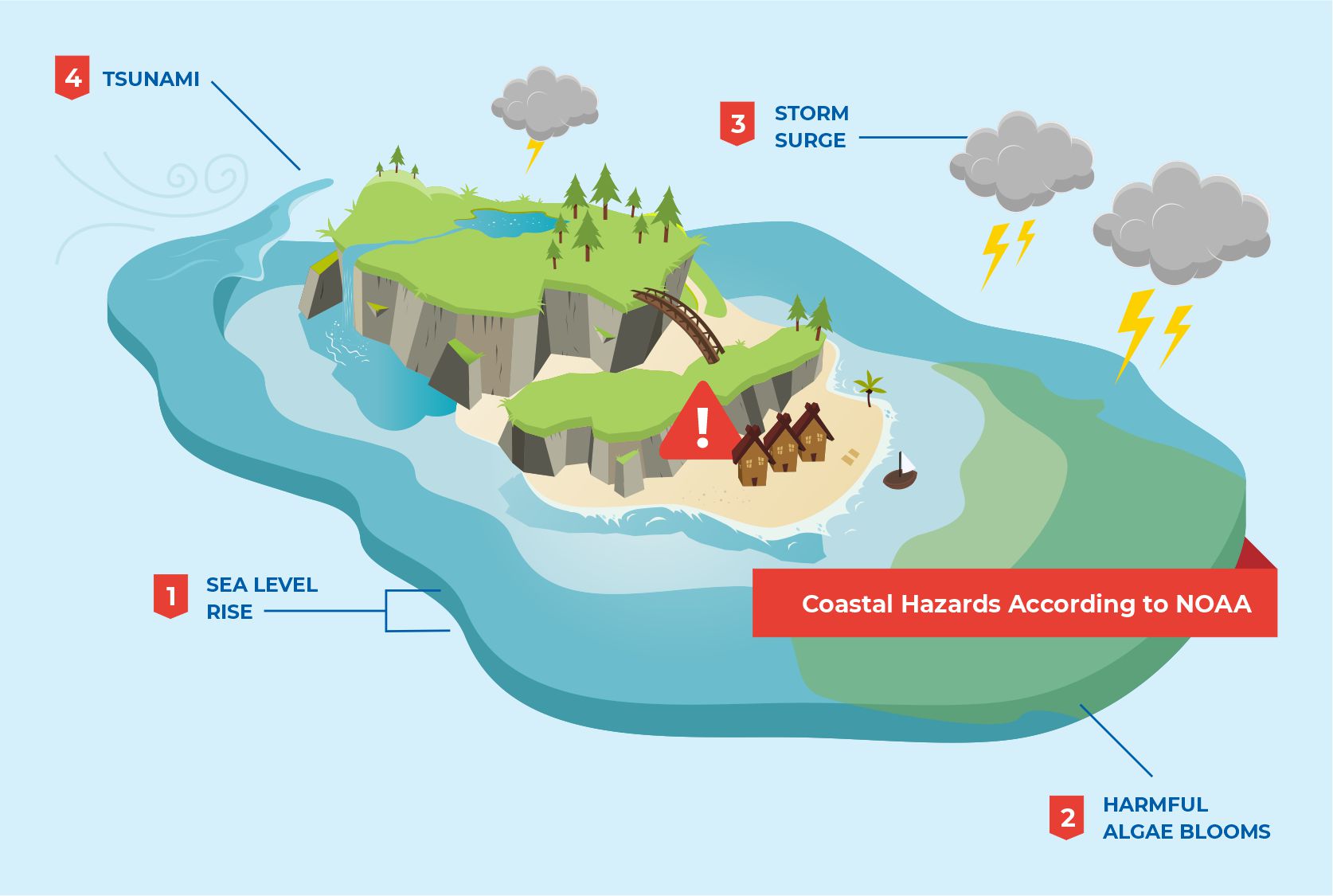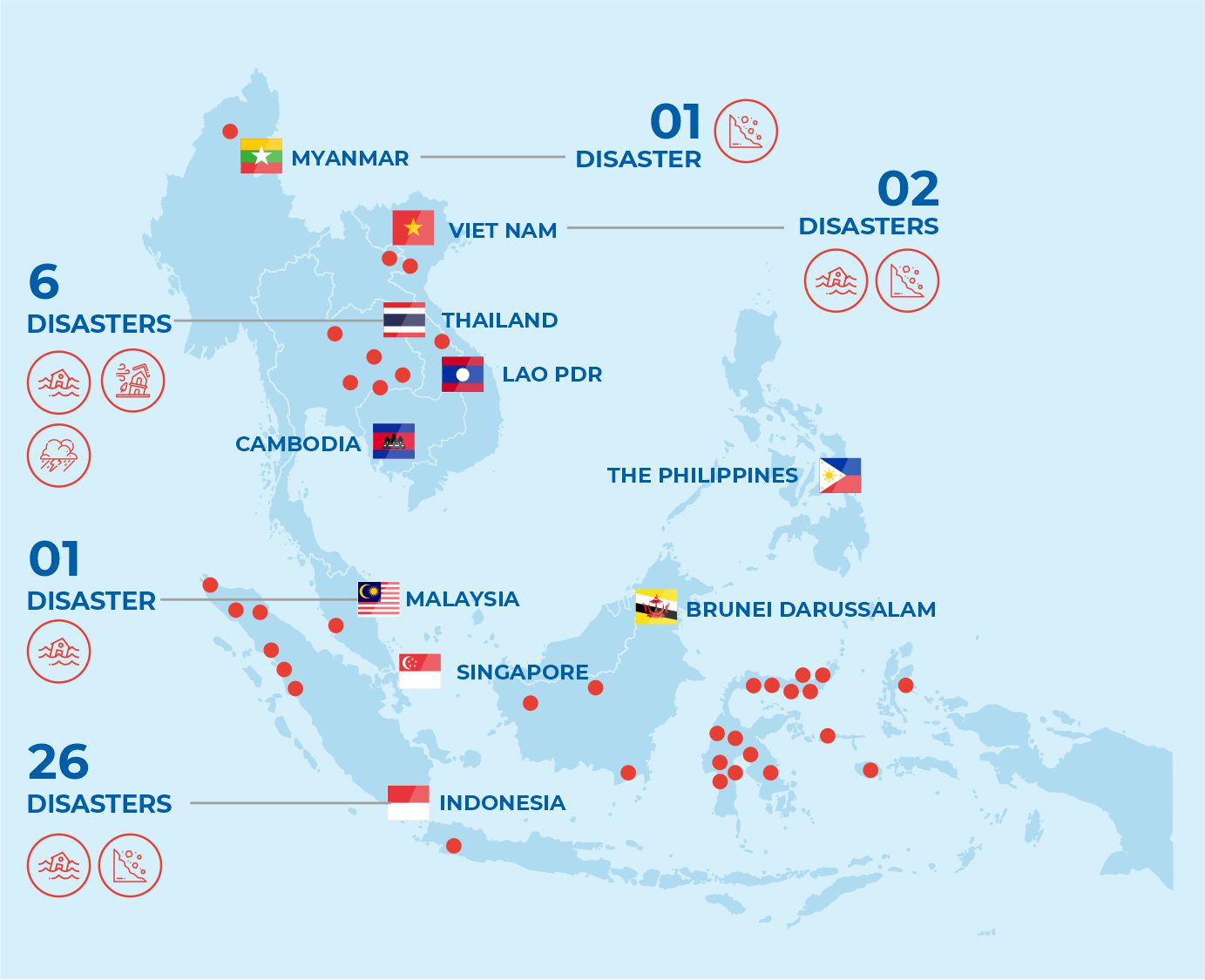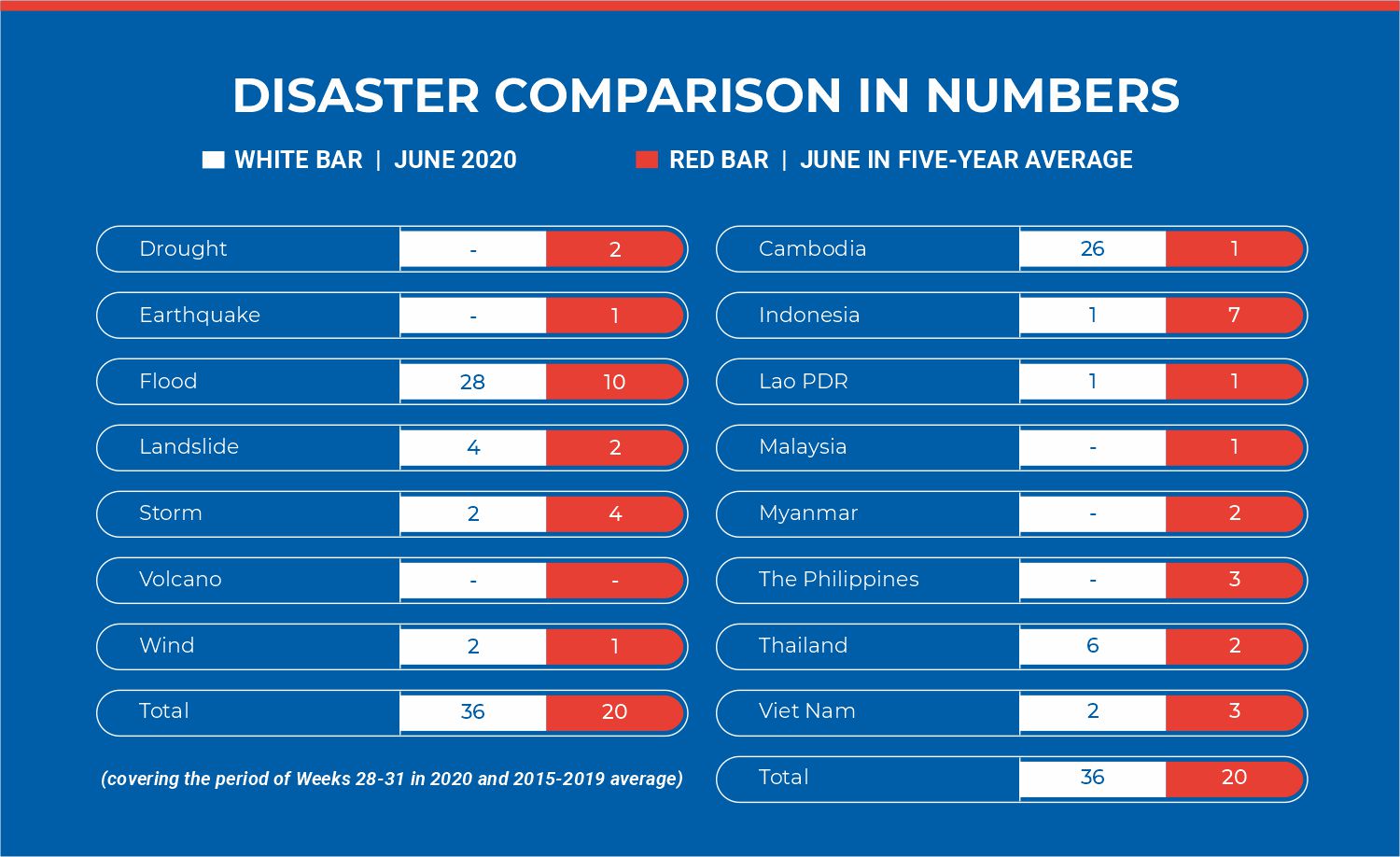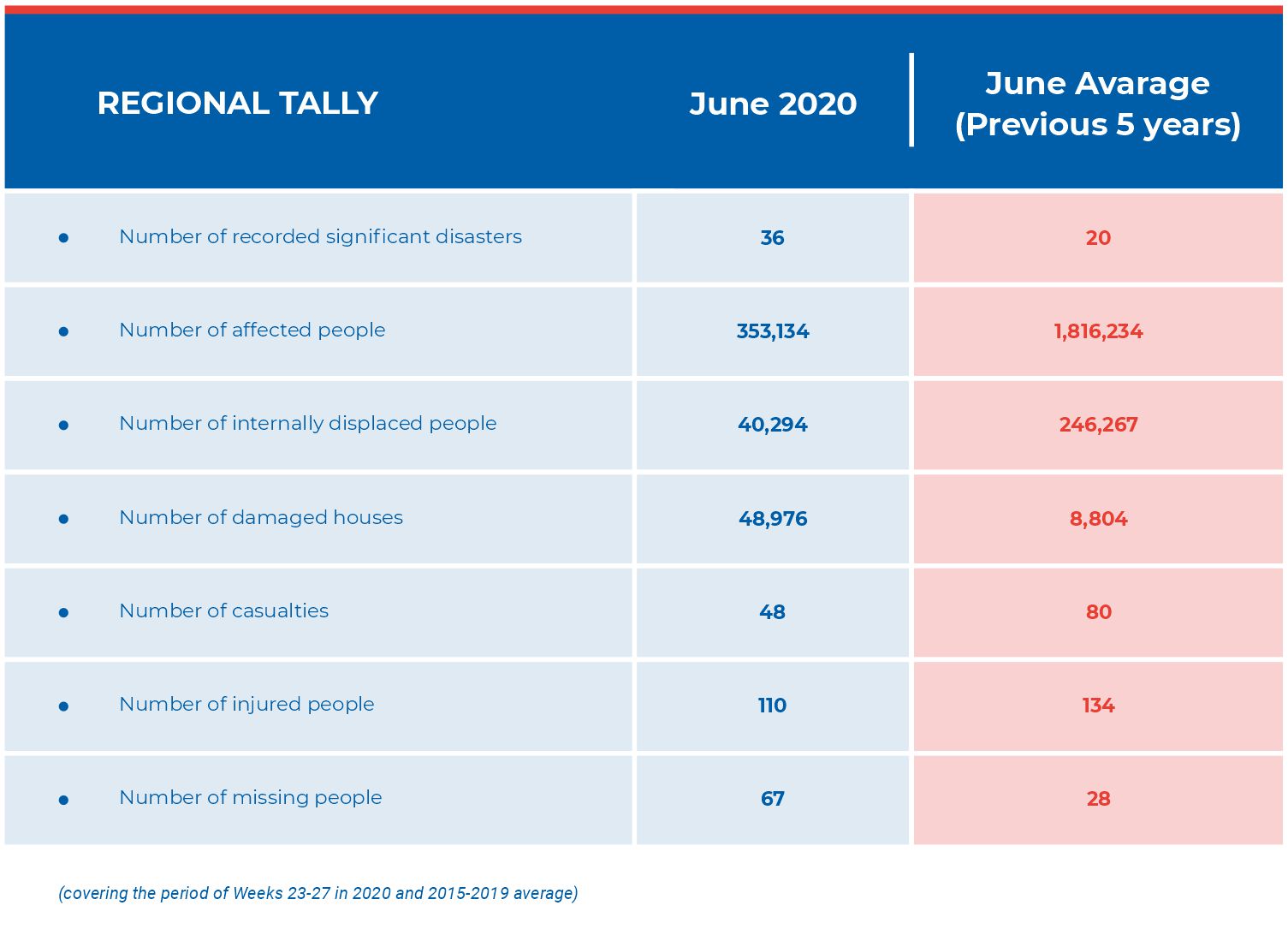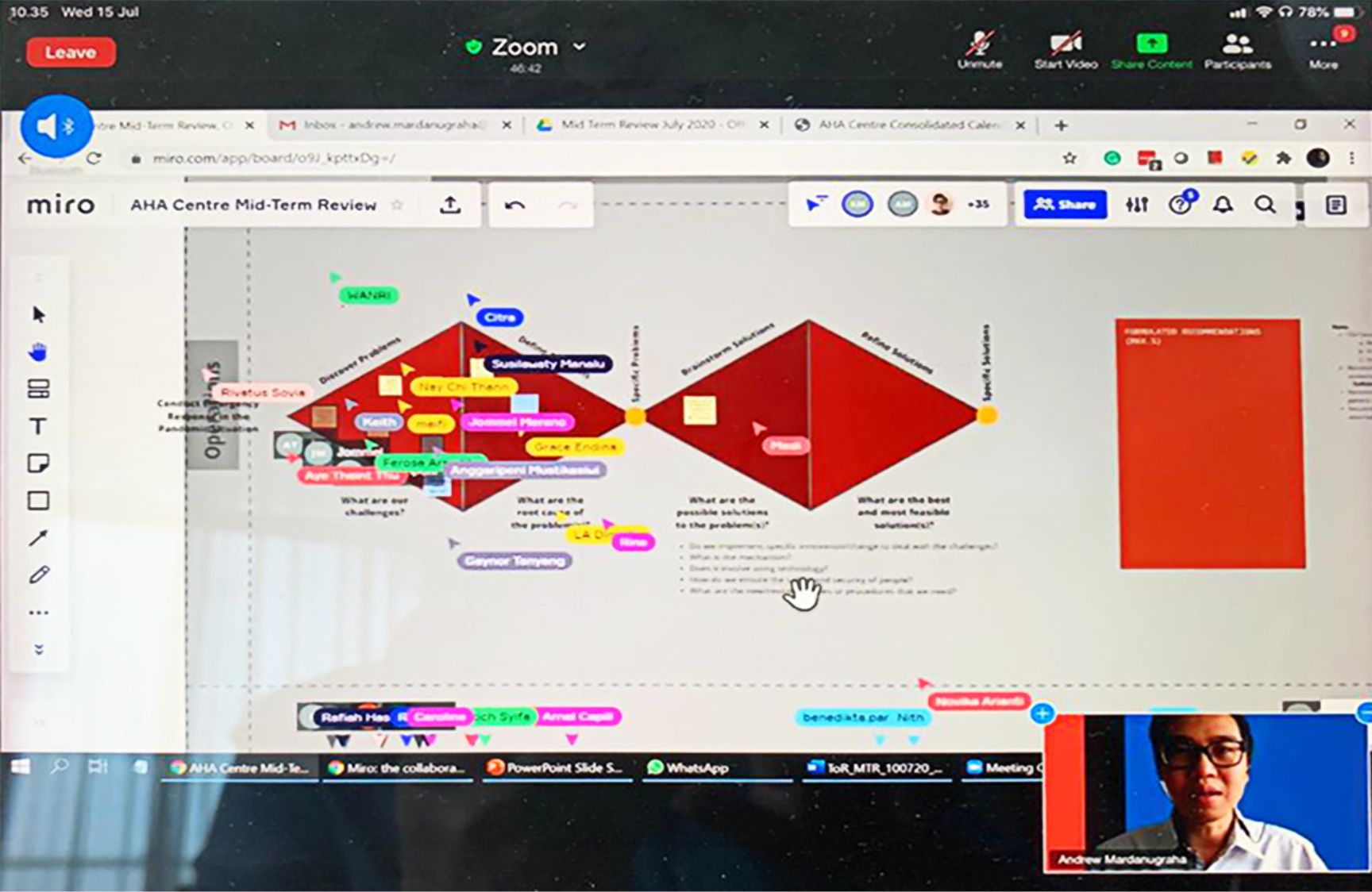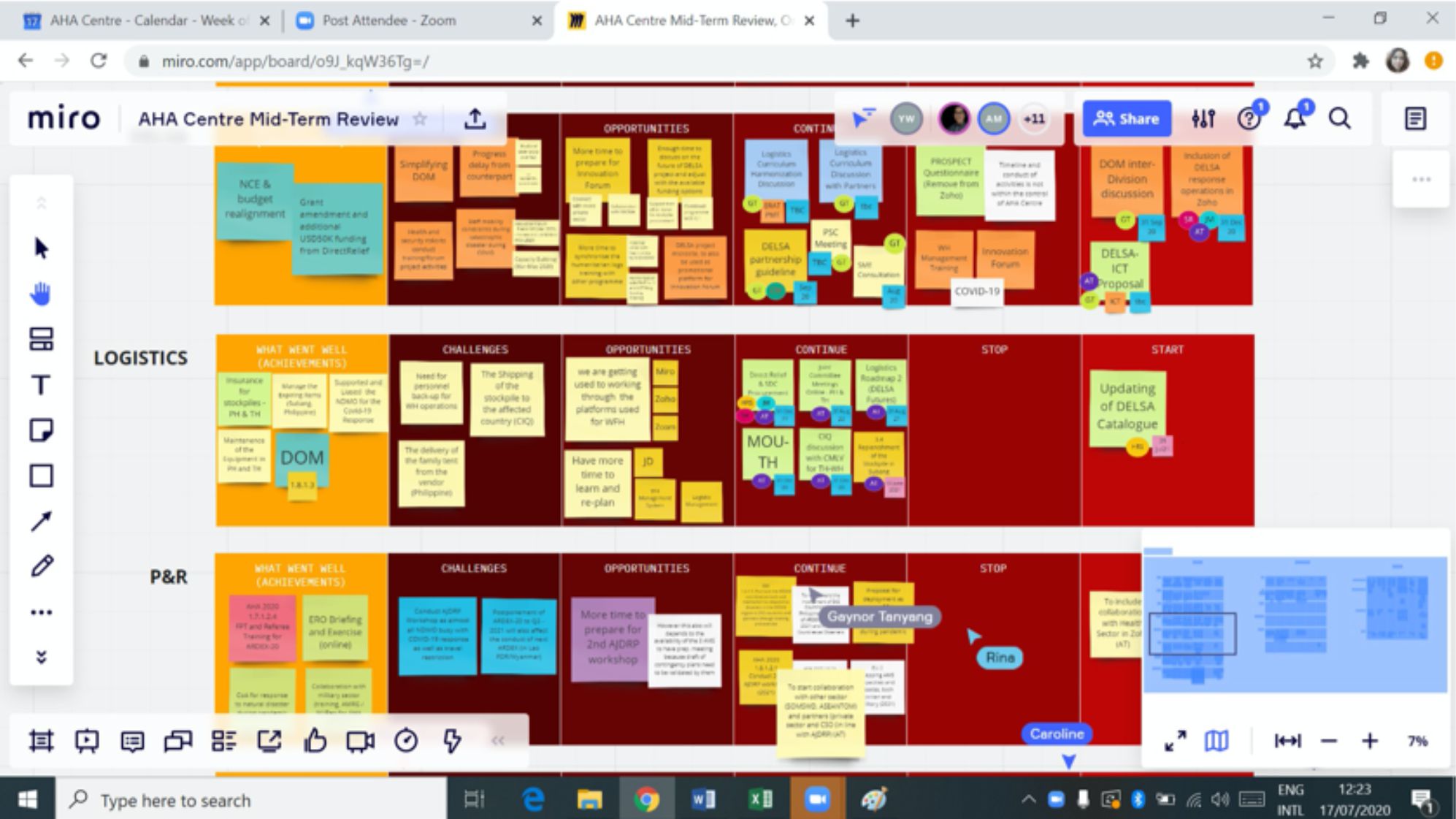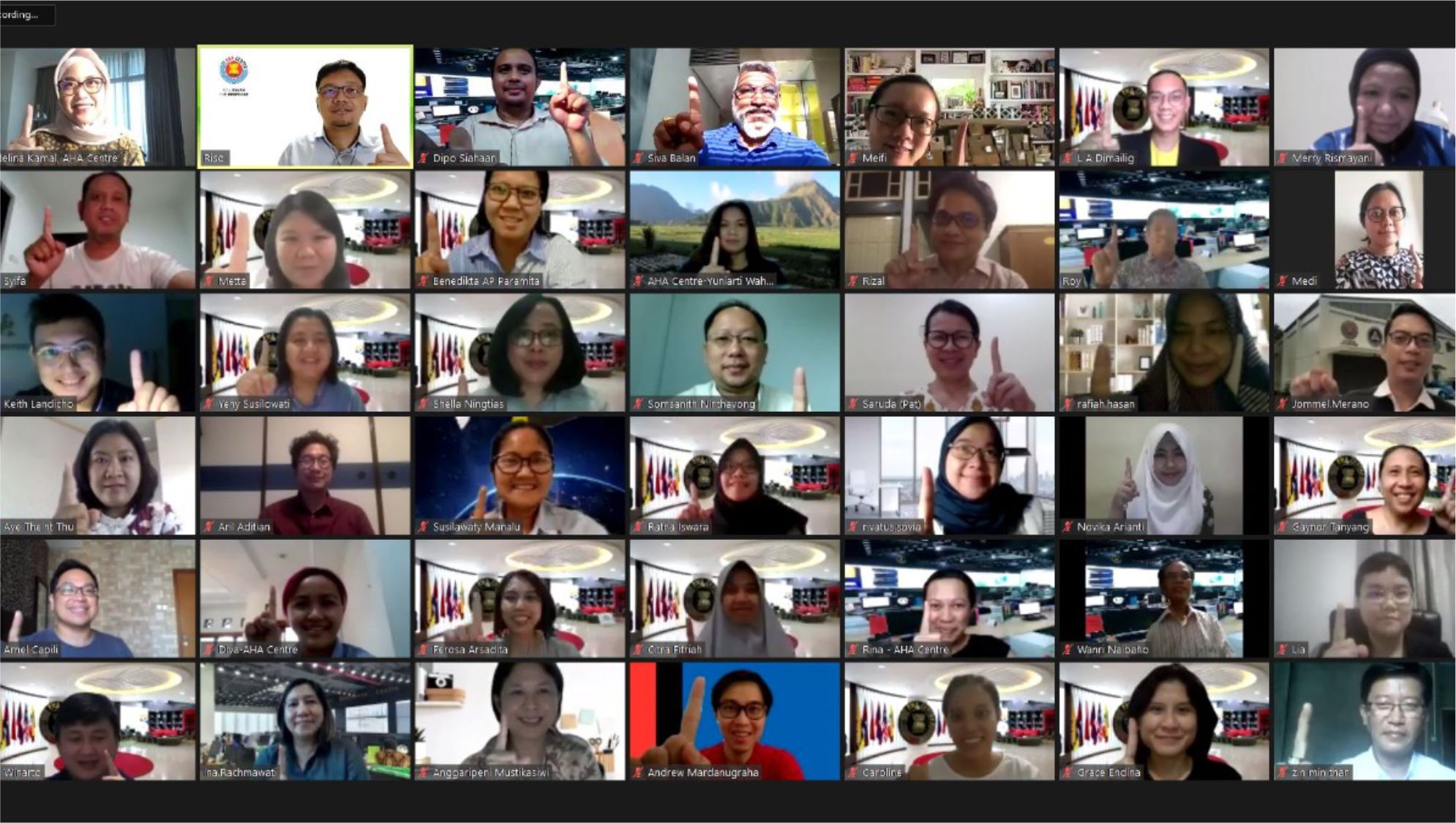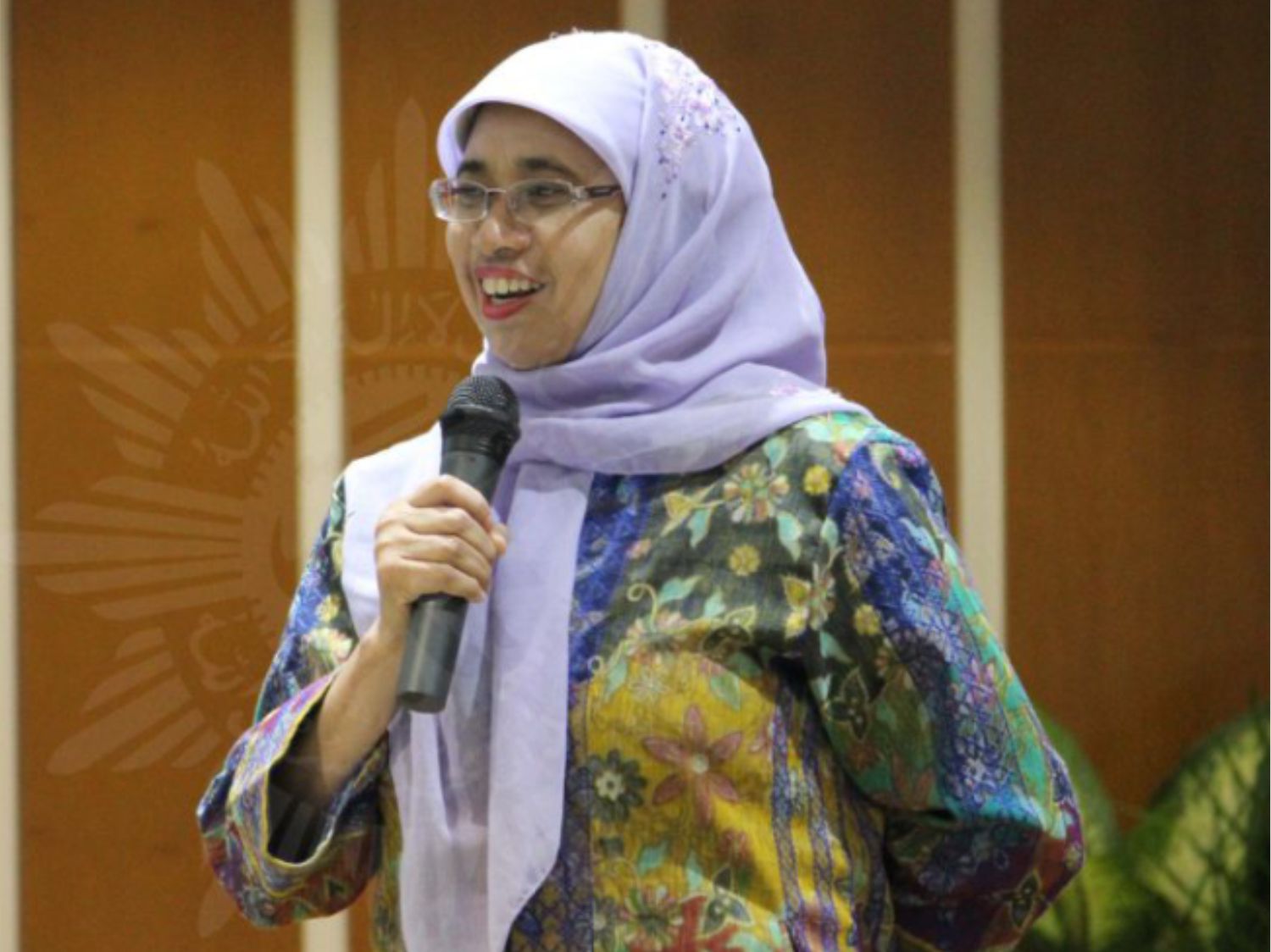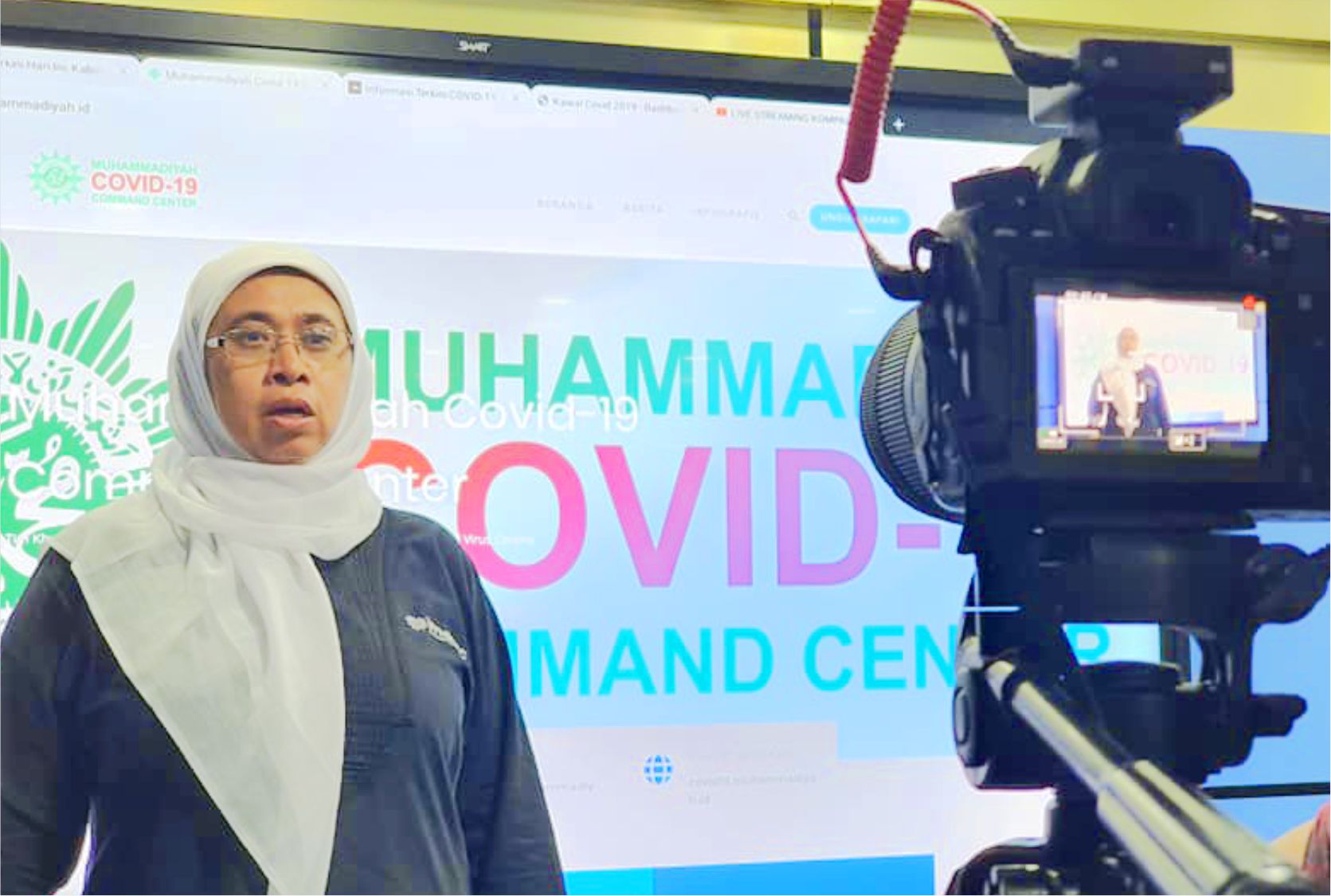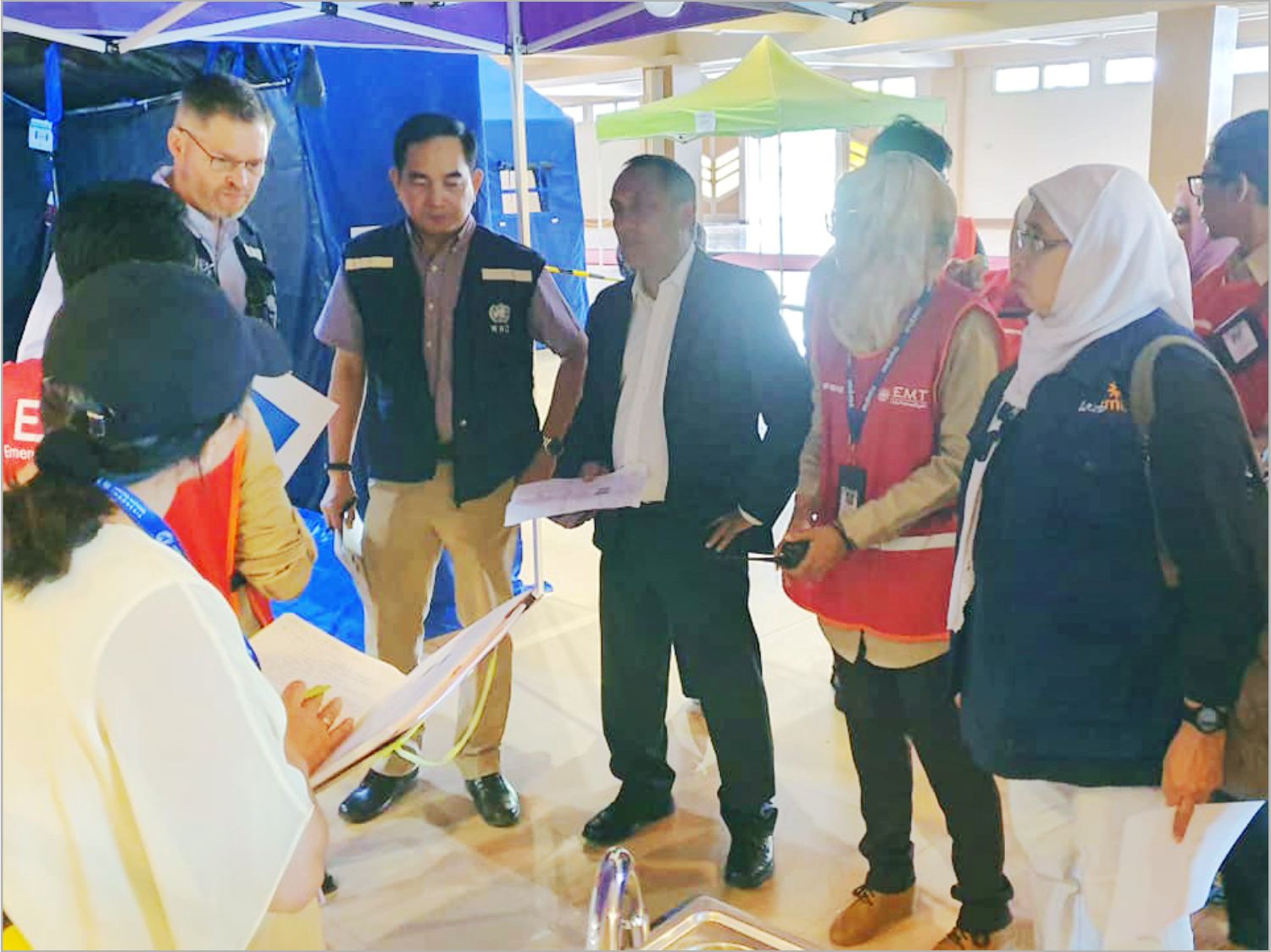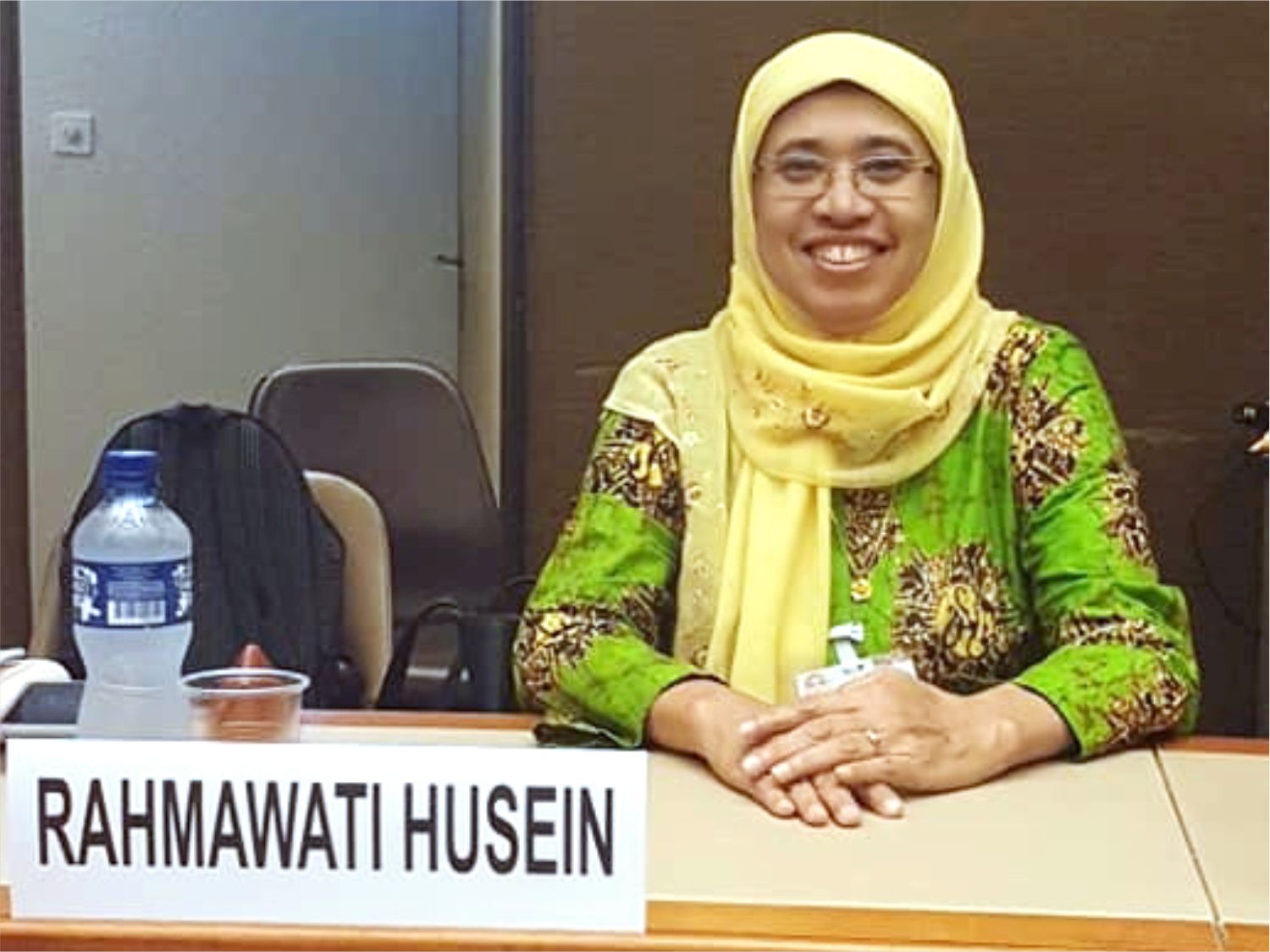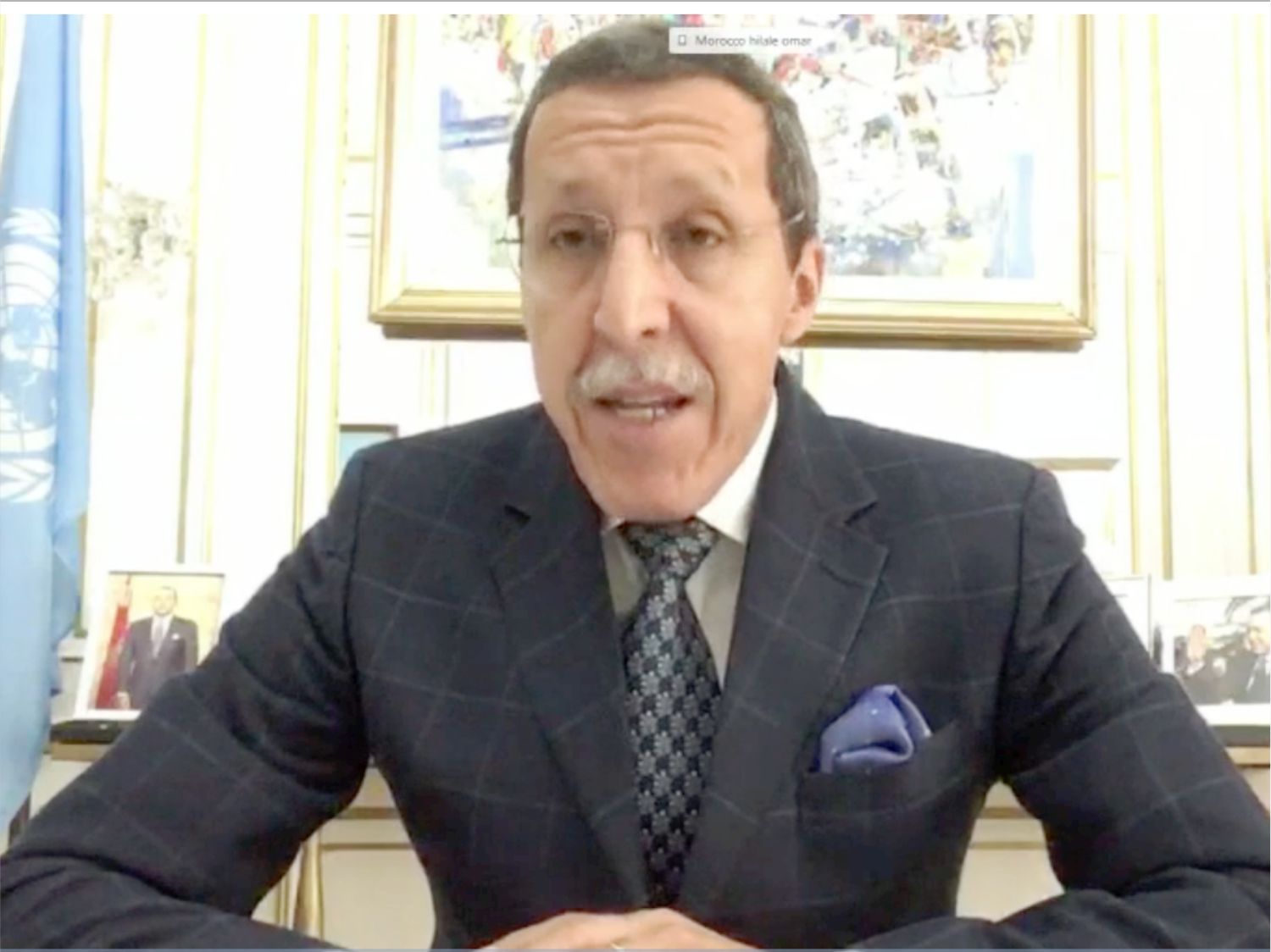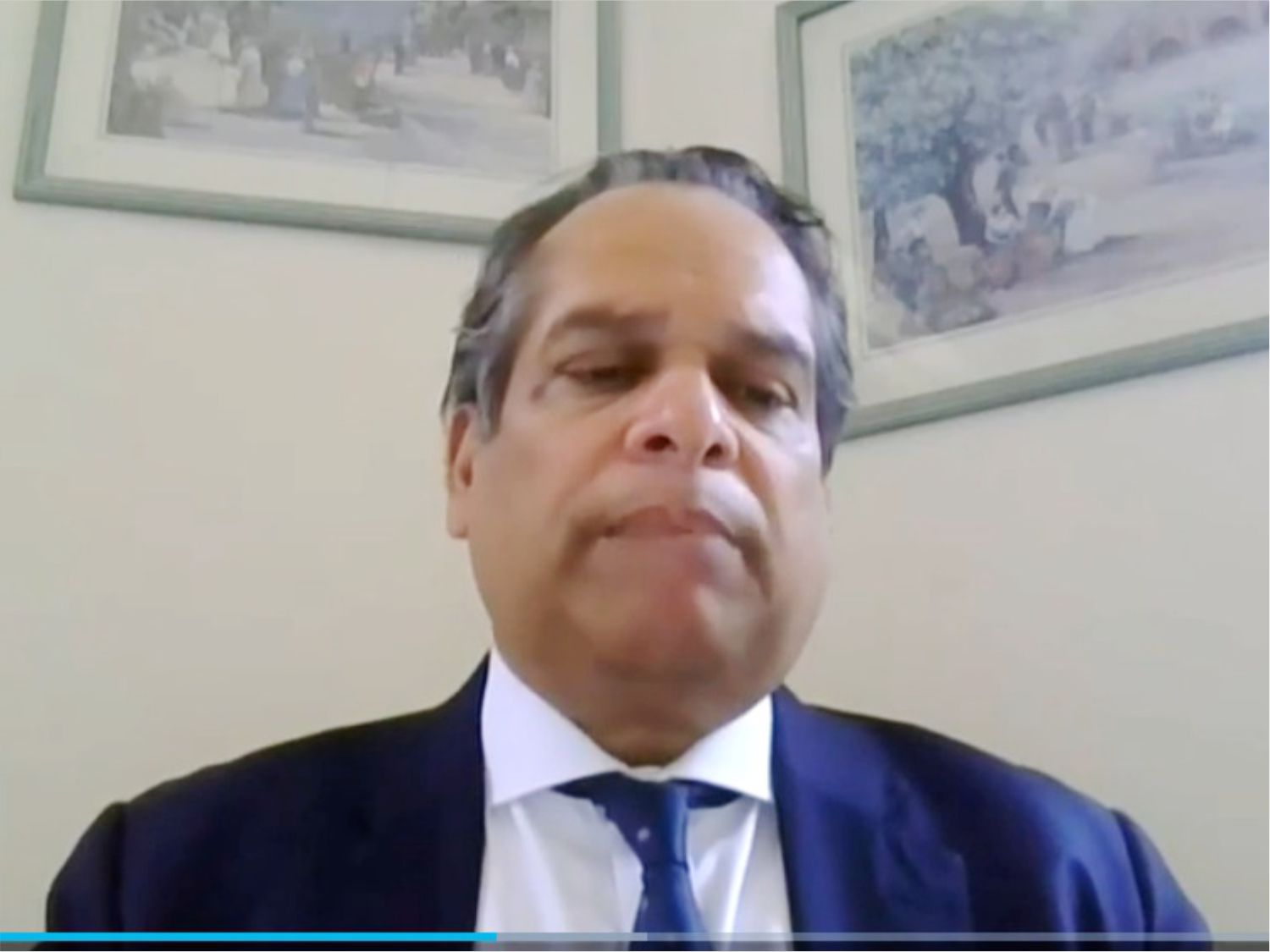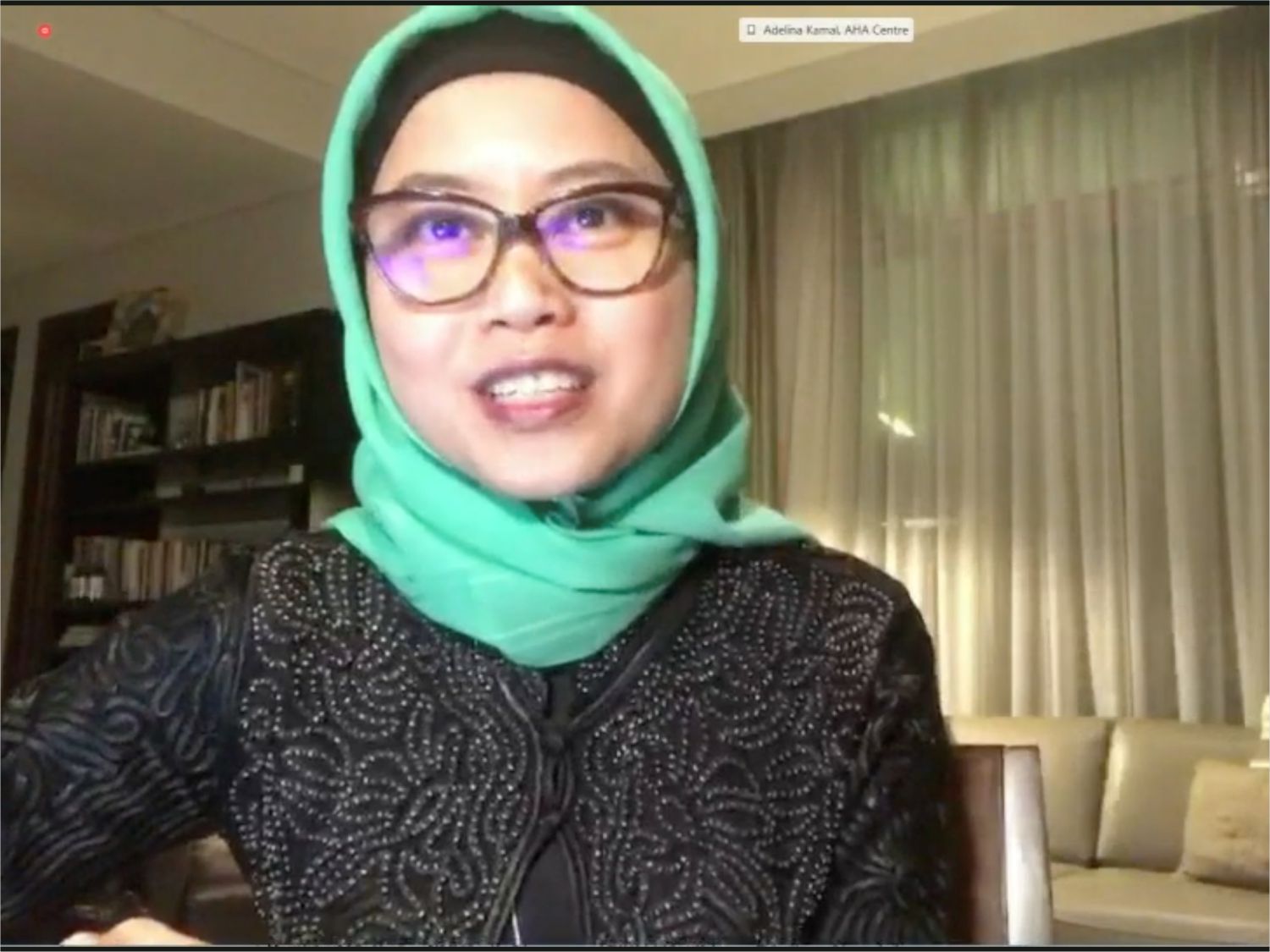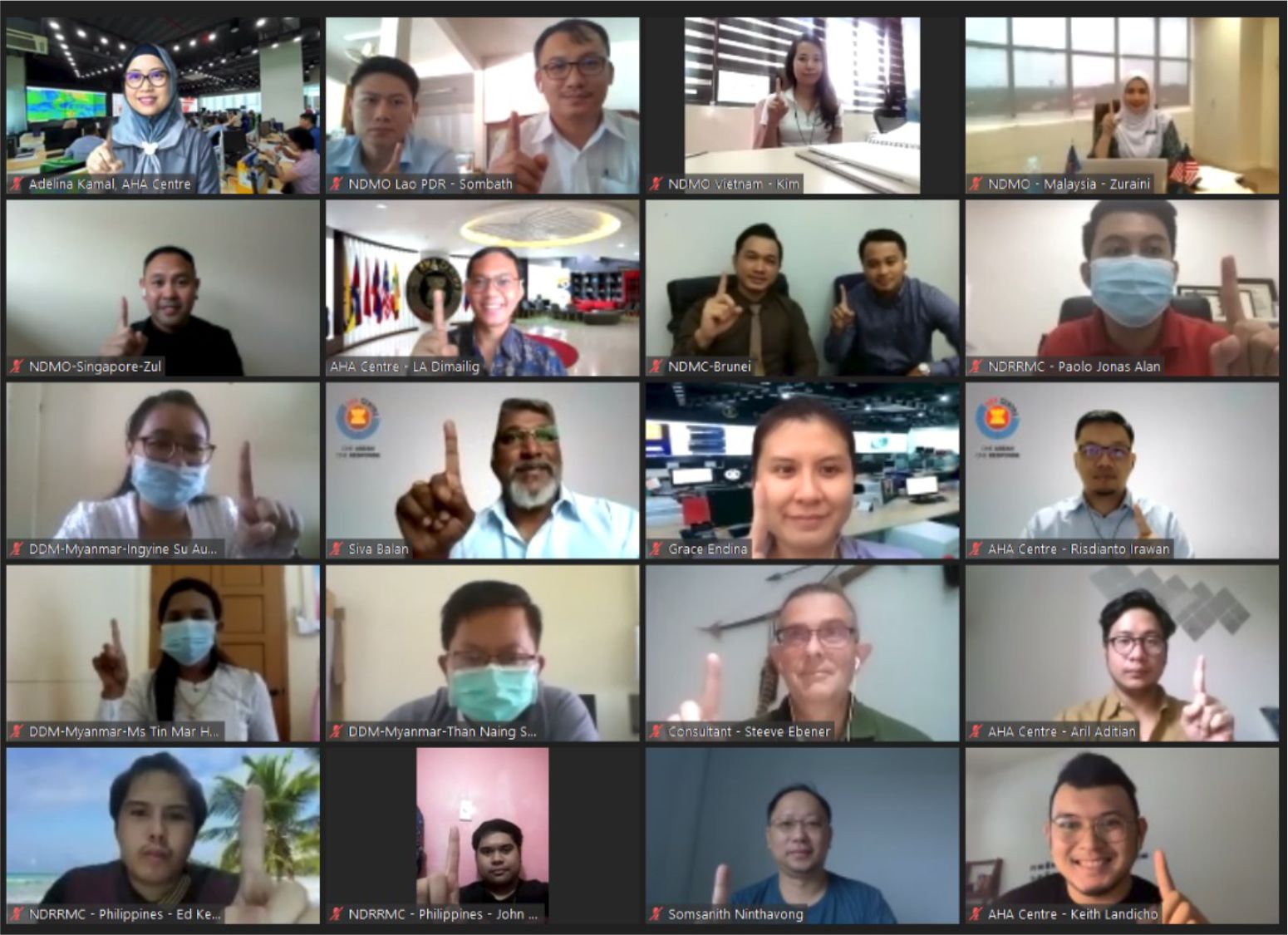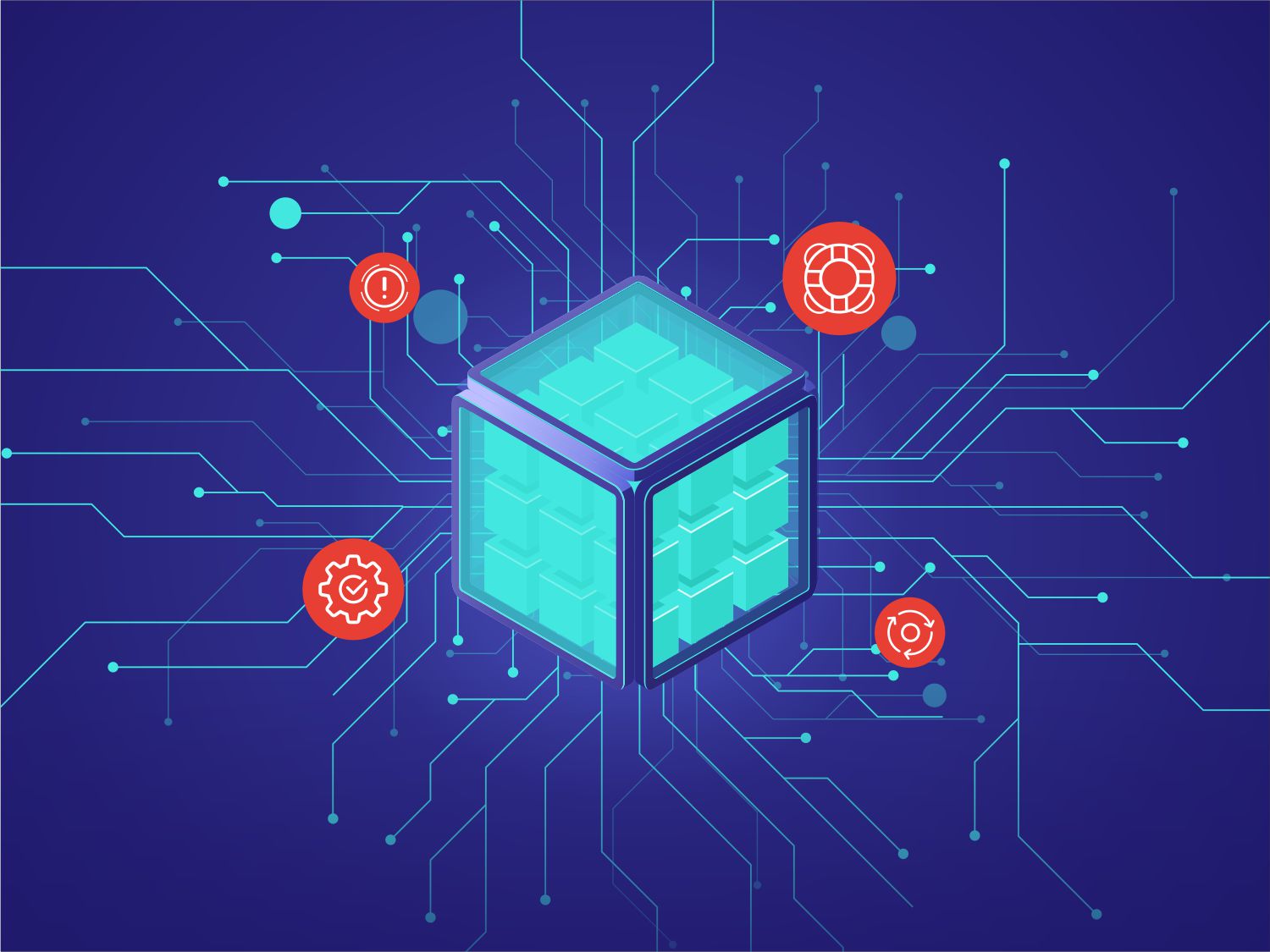Vol 63 – DELSA CAMP AGUINALDO ANNIVERSARY FIRST YEAR SUCCESS

DELSA CAMP AGUINALDO
FIRST YEAR SUCCESS
Moving away from the usual Other Side focus of ASEAN disaster management individuals, this Volume takes a look into one the region’s most influential disaster management projects – the DELSA satellite warehouse in the Philippines – as it celebrates its first anniversary since opening in 2019.
The Disaster Emergency Logistics System for ASEAN (DELSA) is an integral part of the AHA Centre’s operations, and is central to the Centre’s efforts to implement disaster management under the “One ASEAN, One Response” vision. July 2019 saw the launching of the second satellite warehouse in Camp Aguinaldo, the Philippines, which coincided with the beginning of disaster awareness month in the nation. The development of the facility, and the satellite warehouse system, aims to serve as a network of emergency stockpiles located across the ASEAN region.
Since its launch, the warehouse has stood to support increased speed and scale of disaster response efforts through the use of various innovations, with the stockpile warehouse system ensuring relief items are now closer to disaster-prone countries. This allows for increased predictability of ASEAN’s response efforts, which forms a primary element for an overall improvement in the credibility of ASEAN disaster response implementation.
The development and operation of the satellite warehouse has been strongly supported by the Government of the Philippines, including the initial allocation of the dedicated location inside the Armed Forces of the Philippines Logistics Command Premises, Camp General Emilio, in Quezon City. The government has also worked to co-manage the warehouse stockpile with the AHA Centre, specifically through the National Disaster and Risk Reduction Management Council (NDRRMC), through the Office of Civil Defense (OCD).
Within one year of its launch, the DELSA satellite warehouse in Camp Aguinaldo has served its purpose by mobilising USD 90,000 worth of relief items to disaster situations. These relief items include a Mobile Storage Unit and 5,000 Personal Hygiene Kits, that were distributed as part of the nation’s COVID-19 response during March–April 2020.
The DELSA programme is continuously supported by the Government of Japan through the Japan-ASEAN Integration Fund (JAIF), with the warehouse development across both the Philippines and Thailand evidencing the ongoing strength in partnerships and collaboration that has been developed by the AHA Centre throughout its years of operations in the ASEAN region.
Written by : Ina Rachmawati | Photo : AHA Centre
- Published in The Other Side
Vol 63 – AHA CENTRE CONDUCT SUCCESSFUL ON-LINE ERO EXERCISE

AHA CENTRE CONDUCT SUCCESSFUL ON-LINE
ERO EXERCISE
Amid the uncertainty of the COVID-19 pandemic, the AHA Centre has aimed to maintain consistency and capacity to coordinate emergency responses by conducting an online Emergency Response Operation (ERO) exercise.
To ensure ongoing capacity and efficiency in fulfilling its role to support affected ASEAN Member States during times of disaster, the AHA Centre undertakes routine emergency response operation exercises that involves all staff. Such exercises are conducted regularly to test and maintain emergency procedures, and to ensure processes are up-to-date and still relevant with current contexts.
For AHA Centre personnel, the exercise also ensures that everyone holds the information and knowledge to confidently perform their role within an ERO without hesitation. As when an emergency strikes there is limited time to execute each responsibility, so undertaking such an exercise trains the members of the organisation to work seamlessly as a team.
This year was the first time such an ERO exercise has been undertaken in an online environment, as all 42 of the AHA Centre’s staff participated in the activity that utilised a critical typhoon scenario occurring in the region. The exercise tested the chain of command, the interoperability between sections, and how overall coordination took place.
This ERO exercise is not only a refresher for the all AHA Centre staff, but it is also a way to introduce new staff to AHA Centre operations during critical events. Despite the current obstacles and limitations due to the pandemic, the AHA Centre was able to adapt and engage to undertake their role. With all staff are working from home, the ability to adapt and perform has become increasingly important, and these skills and experiences may later be transferred into situations and events in future contexts.
Written by : Ina Rachmawati | Photo : AHA Centre
- Published in AHA Centre Diary 1
Vol 63 – MUHAMMADIYAH DISASTER MANAGEMENT CENTRE (MDMC)

MUHAMMADIYAH
DISASTER MANAGEMENT CENTRE (MDMC)
The Muhammadiyah Disaster Management Centre (MDMC) was established in response to the series of large disasters in Indonesia leading up to the significant 2006 Yogyakarta earthquake. It initially formed as an ad-hoc team to support the response and recovery after the big earthquake and other disasters. After the 2006 Yogyakarta earthquake, the team then worked with other groups in the Muhammadiyah network to engage in disaster responses after other natural disasters. The Muhammadiyah organisation then affirmed the team to become an official body under the Muhammadiyah Central Board, and finally to be recognised as the Muhammadiyah Disaster Management Centre (MDMC) in 2010.
Inspired by the wide network of Muhammadiyah (Islamic organisation) members across Indonesia, as well as in response to Indonesia’s extensive disaster vulnerabilities, the MDMC was formed to overcome disaster impacts, educate communities, and prevent future damage from natural disaster in the country. The MDMC is also committed to developing disaster countermeasure and mitigation programmes that are based on responsive and professional activities under the regulations of Muhammadiyah itself. The MDMC is committed to working beyond the exclusive boundaries of region, religion, race, ethnicity and community group.
Ms Rahmawati Husein, Deputy Chairperson of the MDMC, explained that the MDMC has recently begun to broaden its networks internationally. Although MDMC has never jointly worked together with the AHA Centre, she stated that MDMC has been involved in humanitarian actions and disaster management at the regional level. “The MDMC has been involved in several disaster responses across the region, such as Typhoon Haiyan in the Philippines in 2013, and the humanitarian crisis in Myanmar during 2016-2017” she said.
Response has become the strength of the MDMC, as it utilises Muhammadiyah’s wide networks across Indonesia and some Southeast Asian countries, allowing MDMC to respond quickly to provide assistance. Additionally, Muhammadiyah is also known for its excellent health facilities and experts who are very valuable within disaster response. “During our mission to Myanmar in 2017, for example, we deployed 54 medical team members to provide health services to the affected communities,” Rahmawati highlighted.
In addition to international collaboration, MDMC was also invited to be one of the speakers in ASEAN Strategic Policy Dialogue on Disaster Management “Building ASEAN’s Resiliency to Disaster” during August 2019 in Singapore. During this event, Rahmawati, as the representative of the MDMC, shared best practices and experiences from MDMC in strengthening local networks in Indonesia, particularly in regards to disaster management and response.
Written by : Moch Syifa | Photo : MDMC
- Published in Partnership
Vol 63 – POTENTIAL COASTAL HAZARDS IN THE REGION

POTENTIAL COASTAL HAZARDS IN THE REGION
According to the U.S. National Oceanic and Atmospheric Administration (NOAA), many of the world’s populations live in coastal regions. While idealistic for many, these regions still have a downside, which is that they are prone to an array of natural hazards.
Closer to home, Southeast Asia is one of the world’s most at-risk regions to the impacts and dangers caused by coastal hazards. Many areas of the Southeast Asia region are archipelagos, located between two large bodies of the Pacific and the Indian Oceans. Therefore, these nations are among those most vulnerable to coastal hazards, including rising sea levels, tsunamis, erosion and tidal flooding. Additionally, coastal hazards are closely linked to the impacts of climate change – particularly the issue of rising sea levels – that increasingly endanger human populations, cities, and ports across the region. Indonesia, Malaysia, the Philippines, Singapore, and Thailand are examples of ASEAN countries who are vulnerable to coastal hazards, and are all home to large cities located in close proximity to the coastline.
There are four major coastal hazards as identified by NOAA, namely: rising sea levels, harmful algae blooms, storm surges and tsunamis. Rising sea levels are the largest potential hazard faced by coastal communities, overly due to the onset of climate change. Harmful Algae Blooms (HABs) occur when colonies of algae grow out of control, having toxic or harmful effects on people, fish, marine mammals, and birds. Storm surges take place through abnormal rises in sea levels during a large storm, that are measured at the height of water above the normal predicted astronomical tide. The last primary hazard are tsunamis, as most ASEAN nations lie in the Ring of Fire, that is home to constant earthquakes that cause the large tsunami waves.
Based on these interrelated and challenging contexts, it is therefore critical to develop resilient communities who are prepared for these threats, as well as enhance the ability of those communities to absorb impacts and bounce back should disaster strike. With strong preparation – supported by clear response mechanisms – ASEAN communities will continue to overcome and manage risks related to coastal hazards across the region.
Written by : Moch Syifa | Source: oceanservice.noaa.gov
- Published in Insight
Vol 63 – MONTHLY DISASTER REVIEW AND OUTLOOK

MONTHLY DISASTER REVIEW AND OUTLOOK
JULY 2020 | DISASTER MONITORING & ANALYSIS
(DMA) UNIT, AHA CENTRE
GENERAL REVIEW OF JULY 2020
There were 36 recorded disaster events during the month of July 2020, representing almost double the amount averaged across the previous five years. However, the number of affected people was 353,144 persons, significantly lower than the five-year average. The monthly disaster statistics also indicated lower figures in terms of internally displaced people, casualties, and injuries, which could be attributed to increased capacity in disaster management within the ASEAN Member States.
The month of July was characterised by multiple flooding events happening in Viet Nam, Myanmar, and Indonesia. The recorded flooding events were almost triple the amount of the last five years for July. Viet Nam’s Disaster Management Authority (VNDMA) reported flooding and landslides in Ha Giang and Cao Bang Provinces. On 21 July, Ha Giang City recorded 378mm of rain in 24 hours, while Dao Duc recorded 395mm and Cao Bo (both in Ha Giang Province) 401mm – while usually 180mm or more of rainfall per day is considered heavy. Meanwhile, Myanmar experienced widespread seasonal flooding due to increased rainfall in the upstream region of the Ayeyarwady river during the latter parts of the month. In Indonesia, South Sulawesi experienced multiple flooding events, with the highest impact felt in the region of North Luwu, where flash flooding took place due to heavy rainfall on 12 July. The North Luwu flooding was triggered by high-intensity rain that occurred across the two previous days, causing Masamba River, Rongkang River and Rada River to burst their banks. The North Luwu floods resulted in 38 fatalities and 14,483 displaced people, that contributed to 79% of the all ASEAN disaster casualties for the month of July.
23 significant earthquakes (M≥5.0) were recorded in the region by Indonesia’s Badan Meteorologi, Klimatologi, dan Geofisika (BMKG) and the Philippine Institute for Volcanology and Seismology (PHIVOLCS). Two volcanoes in Indonesia (Karangetang and Sinabung) are registered at Alert Level III according to Pusat Vulkanologi dan Mitigasi Bencana Geologi (PVMBG), and are under close monitoring. Lastly, Ibu, Semeru and Dukono mountains in Indonesia remain on Alert Level II, despite recent volcanic activity registered by the PVMBG.
SEASONAL OUTLOOK
According to seasonal outlooks from the ASEAN Specialised Meteorological Centre (ASMC), during July 2020 most of the equatorial region experienced above-average rainfall. The largest positive anomalies (wetter conditions) were recorded in the coastal equatorial regions based on satellite-derived rainfall estimates datasets. For the mainland Southeast Asia, below-average rainfall was observed over northern Viet Nam and coastal Myanmar. The prevailing Southwest Monsoon conditions are expected to continue into August and September 2020, and gradually weaken in October 2020 as the inter-monsoon period sets in. Climatologically, the Southwest Monsoon season is characterised by rainy conditions in the northern ASEAN region, and dry weather in southern ASEAN. During the August-October 2020 period, the prevailing winds in the ASEAN region are forecast to blow from the southeast or southwest.
For the August-October 2020 period there is an increased chance of above-average rainfall over much of the maritime continent and southern coastal regions of the Mekong sub-region. The equatorial Pacific Ocean are currently at neutral (neither El Niño nor La Niña) conditions, and observed indicators and models predict La Niña-like conditions to develop within the next three months. La Niña conditions are typically associated with wetter-than-normal conditions across the Southeast Asia region.
The warmer-than-average temperature is expected to continue over the ASEAN region for the next three months. However, near-normal temperatures can be expected over some parts of Borneo, northern parts of Lao PDR, and Viet Nam.
In the southern ASEAN region, while wetter-than-normal conditions are forecast over the equatorial region for the August-October period, dry conditions can still be expected over some parts of Sumatra and Kalimantan in Indonesia. This could increase the risk of land and forest fires in the region, and the occurrence of transboundary haze from such fires in the region cannot be ruled out. In the northern ASEAN region, hotspot activities are expected to remain generally subdued due to rainy weather.
Data Sources: ASEAN Disaster Information Network, ASEAN Specialised Meteorological Centre
Written by : Keith Paolo Landicho, Lawrence Anthony Dimailig, Aril Aditian
DISCLAIMER
Disclaimer: AHA Centre’s estimation is based on data and information shared by National Disaster Management Organisations (NDMOs) and other relevant agencies from ASEAN Member States, international organisations and news agencies. Further information on each recorded-significant disaster, description and detail of data and information are available at: http://adinet.ahacentre.org/reports.
- Published in Monthly Disaster Outlook
Vol 63 – REFLECTION FROM THE AHA CENTRE MID-TERM REVIEW: ADJUSTING TO THE NEW NORMAL

REFLECTION FROM THE AHA CENTRE MID-TERM REVIEW:
ADJUSTING TO THE NEW NORMAL
The AHA Centre has been implementing working from home arrangements since March 2020, in order to ensure the safety and well-being of its staff during the global pandemic. Adapting to these new working arrangements has been challenging, especially due to the collaborative nature of the AHA Centre’s work. Facilitating collaboration without having direct physical interaction can be tricky, but the AHA Centre has determined to adapt to this new working environment. As an organisation specialising in disaster management and emergency response, the AHA Centre understands that while contexts such as this bring significant upheaval, they also present opportunities to revise and improve.
During the second week of July 2020 the AHA Centre undertook its Mid-Term Review (MTR) workshop. This is an annual activity in which the AHA Centre seeks to assess the progress made towards achieving planned objectives in comparison to its annual work plan. This year’s MTR, however, would be very different from the previous years, as this was the first time that the MTR was conducted fully online.
The event was delivered to 42 participants through numerous sessions across five days. It included briefings on the organisation’s work, group sessions to review the work plan for the upcoming term, as well as sessions to provide strategy and direction for programme continuity within the pandemic and ‘new normal’ contexts. There was no shortage of challenges in implementing this year’s MTR, including the logistical challenge to identify the right platform to support collaboration among all AHA Centre staff. In order to facilitate this collaboration, the AHA Centre made use a number of online collaborative tools including MIRO and Wooclap.
Another key challenge was maintaining staff enthusiasm and spirit for the entire duration of the workshop. The online environment has a number of limitations, in particular limitations on communicating and exchanging ideas and information freely. A lack of non-verbal communication can be tiring, and when people are tired enthusiasm can decline. Therefore, in order to maintain staff energy levels to achieve all workshop objectives, the AHA Centre spread out the event across five days instead of the usual three. The team also explored a number of energising and ice-breaking activities suitable for the online environment, and they proved successful in maintain staff engagement and interest.
By the end of the week the AHA Centre successfully achieved all of the MTR workshop objectives. Beyond this, the activity also gave the team an opportunity to continue adapting to the new normal.
Written by : Merry Rismayani & Dipo Summa | Photo Credit : AHA Centre
- Published in Highlight
Vol 62 – RAHMAWATI HUSEIN

RAHMAWATI HUSEIN
Rahmawati Husein is the Deputy Chairperson of the Muhammadiyah Disaster Management Centre (MDMC) in Indonesia, which is a disaster management and humanitarian-focused organisation that stems from one of Indonesia’s largest Muslim organisations – Muhammadiyah. The AHA Centre spoke to Ms Husein about the organisation’s beginnings, and her own views on the state of disaster management in the ASEAN region.
Ms Husein has been with the MDMC since its initial foundation, which came about after she was sent to Aceh by Muhammadiyah to support the distribution and monitoring of relief items after the earthquake and tsunami in 2004. Ms Husein remained involved with the recovery efforts in Aceh, and then as other natural disasters continued to occur – such as the earthquakes in Yogyakarta and Sumatera – members of Muhammadiyah were increasingly engaged in response and relief efforts. Finally, in 2010, the MDMC was formally established, allowing the members to increase capability and opportunity to support disaster efforts across Indonesia. Rahmawati Husein was designated as the Deputy Chairperson at that time, and has maintained the role for the best part of a decade.
Over the years the MDMC has expanded its presence and engagement, and has even taken on roles responding to disasters across the ASEAN region. “The MDMC deployed a team to the Philippines in response to the Typhoon Haiyan in 2013” Ms Husein explains. “Also, we were engaged in the humanitarian crisis unfolding in Myanmar during 2016-2017, together with other organisations from Indonesia.” She highlights the appreciation and welcoming approach by local governments towards the MDMC in these situations, and believes that this allowed her team to evidence their role within regional disaster and humanitarian action.
Moving on to what she has experienced from a regional disaster management perspective, Ms Husein highlights the strong and improved coordination amongst ASEAN Member States. “At times of disaster we always work together” she states. She also recognises the role and value of the AHA Centre, and highlights the organisation’s critical position coordinating relief items and activities in responding to disaster. According to Ms Husein, this value was increasingly visible during the Central Sulawesi earthquake and tsunami response in 2018.
It is a lifelong passion for humanitarian activity that drives Ms Husein, and even led her to complete her PhD in Disaster Management. She continues to remain engaged with the MDMC and the region in disaster management activities.
“Due to the region being prone to natural disaster, engaging in humanitarian action remains significantly important”.
-Rahmawati Husein
Written by : Moch Syifa and William Shea | Photo : AHA Centre
- Published in The Other Side
Vol 62 – UNITED NATIONS ECONOMIC AND SOCIAL COUNCIL MEETING (ECOSOC)

UNITED NATIONS
ECONOMIC AND SOCIAL COUNCIL MEETING (ECOSOC)
On June 10, 2020, the AHA Centre’s Executive Director Ms. Adelina Kamal was engaged as a key panellist on the United Nations Economic and Social Council Meeting (ECOSOC) discussion on Improving humanitarian effectiveness through new technology and innovation: opportunities and challenges. The discussion was on the third day of the ECOSOC Humanitarian Affairs Segment 2020, within which the panel discussed concrete examples of the humanitarian sector improving humanitarian effectiveness in a changing landscape through use of new technology and innovation.
The online panel was chaired by H.E. Mr. Omar Hilale, Permanent Representative of the Kingdom of Morocco and Vice-President of ECOSOC, and moderated by Mr. Ramesh Rajasingham, Acting Assistant Secretary-General for Humanitarian Affairs and Deputy Emergency Relief Coordinator. Alongside Ms. Kamal from the AHA Centre, other panellists included: Mr. Fabrizio Hochschild, Under-Secretary-General for Digital Cooperation; Ms. Valerie Guarnieri, Assistant Executive Director, United Nations World Food Programme; Mr. Balthasar Staehelin, Director of Digital Transformation and Data, International Committee of the Red Cross; Dr. Patrick Meier, CEO, WeRobotics, The Fletcher School of Law and Diplomacy; Mr. Raj Kumar, Founding President & Editor-in-Chief of Devex, and; Mr. Christopher Fabian, Senior Advisor on Innovation, UNICEF. Throughout the session all panellists showcased examples of new technology and innovation being used in humanitarian preparedness and response to improve the impact of humanitarian operations, as well as share best practices and lessons learned.
Alongside this, the panel also approached how the humanitarian sector is positioning itself to work with partners – including regional, national, and local actors, as well as the private sector – to identify and roll-out further opportunities. Speakers also identified numerous risks and challenges associated with new and emerging technologies, and discussed how these can be mitigated in the future. Challenges included data protection and protection against privacy breaches, the potential curtailment of personal liberties through the misuse of data, the spread of misinformation and disinformation, and the use of technology to stigmatize or incite tensions.
This engagement gave the AHA Centre yet another opportunity to lead the region on disaster management coordination with an array of international bodies, while also be actively involved in the continuing expansion of information and communication technology activities taking place within the global disaster management sector. The change, the innovation, and the importance of this subject was highlighted by H.E. Mr. Omar Hilale when he stated during his opening speech that:
“When I began my career in humanitarian affairs, it was mostly a process of contingency planning involving a small group of disaster managers and aid workers meeting and gathering around a flipchart with a handful of coloured marker pens. Today, humanitarians use Artificial Intelligence, machine learning, and predictive analytics to more quickly and efficiently analyse and make decisions about how to respond to crisis.”
Written by : William Shea | Photo : AHA Centre
- Published in AHA Centre Diary 1
Vol 62 – THE AHA CENTRE INFORMATION MANAGEMENT NETWORK

THE AHA CENTRE
INFORMATION MANAGEMENT NETWORK
Data and information form the base of key decision making that enables effective and efficient disaster management, and facilitates appropriate and timely emergency response. In order to ensure a well-informed and prompt decision-making process, such data and information have to be available, of high quality, and accessible across the entire emergency management cycle. The AHA Centre Information Management Network (AIM-Net) aims to recommend potential solution to address issues of data and information availability, quality, and accessibility to aid in disaster management and emergency response, and ensure the interoperability of information systems between the National Disaster Management Organisations (NDMOs) of the ASEAN Member States and the AHA Centre.
AIM-Net is a regional forum that facilitates ASEAN Emergency Operation Centre (EOC) practitioners to coordinate and cooperate in strengthening EOC capacities, capabilities and practices. AIM-Net’s formation was a result of recommendations from the ASEAN-ERAT Advisory Group and the ICT Task Force, after being presented to both the ACDM Working Groups on Risk Assessment (WG-RAA) and on Knowledge and Innovation Management (WG-KIM).
AIM-Net was established based on the requests from NDMOs, who wanted to develop a regional framework to support EOCs integrating big data and artificial intelligence into their work. It was also required to promote the development of regional data sharing and data management agreements, and to establish a technical platform to collectively address regional disaster information issues and concerns. This initiative was supported and approved during the 11th Meeting of the Governing Board of the AHA Centre in Nay Pyi Taw, Myanmar, in October 2019.
AIM-Net stands as the key first step towards strengthening ASEAN Member States’ Emergency Operations Centres (EOCs), and will consist of the following components:
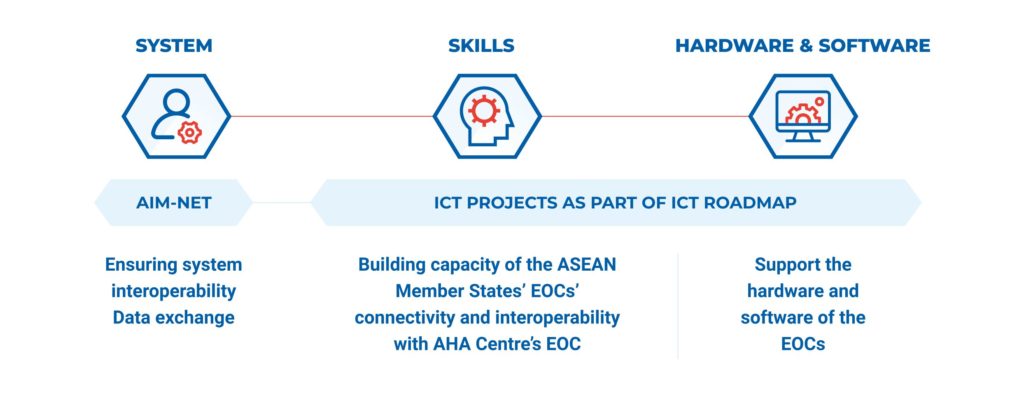
AIM-Net functions as a platform to develop and implement regional disaster Information management strategy, access information management information system interoperability needs, and develop and reach consensus on information management and information system interoperability taxonomy, specification, standards, and protocols. Its membership and structure includes a focal person from each NDMO, and also ASEAN-ERAT Information Management Specialists. The Chairperson role will rotate among NDMOs (first co-chairs will be nominated during the 1st AIM-Net Meeting), and the AHA Centre Disaster Monitoring and Analysis unit shall work as its secretariat.
Written by : Ina Rachmawati | Photo : AHA Centre
- Published in Partnership
Vol 62 – ALTERNATIVE DATA FOR DISASTER MANAGEMENT AND LESSONS FROM COVID-19 RESPONSE

ALTERNATIVE DATA
FOR DISASTER MANAGEMENT AND LESSONS FROM COVID-19 RESPONSE
During June 2020 an online discussion with over 60 participants from government to the private sector, academia, media and other development partners, was convened to explore alternative data for disaster management, with a focus on Indonesia’s COVID-19 response. The discussion was implemented by Saraswati – a private Indonesian firm focused on innovations in the development sector – in collaboration with SIAP SIAGA, a disaster risk management programme funded by the Australian Department of Foreign Affairs and Trade.
Some interesting and innovative examples of alternative data were raised as examples during the discussion – examples which could potentially be replicated and/or expanded for current or future disaster management contexts. Indonesian firm Iykra – for example –established a data network using data from Google and Flight Radar to provide analysis on mobility and early potential rates of infection. Google mobility data allowed them to develop data visualisations as an alternative source on community movement before and after large-scale social movement restrictions were implemented by the Indonesian government.
In another example, Pulse Lab Jakarta (PLJ) explored mobility patterns using data based on agreements negotiated with telecommunications providers. Such mapping was undertaken during and after natural disasters – for example following the 2018 Central Sulawesi earthquake and tsunami in Indonesia – to support insights on disaster response for multiple parties. PLJ has undertaken such work again to support the Indonesian government during this pandemic, particularly by visualising COVID-19 data from each Indonesian province for easier analysis and response.
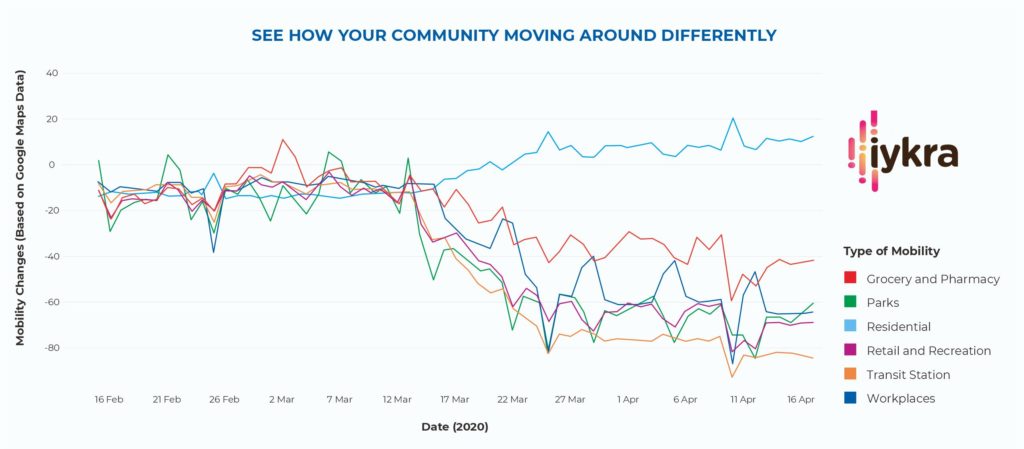
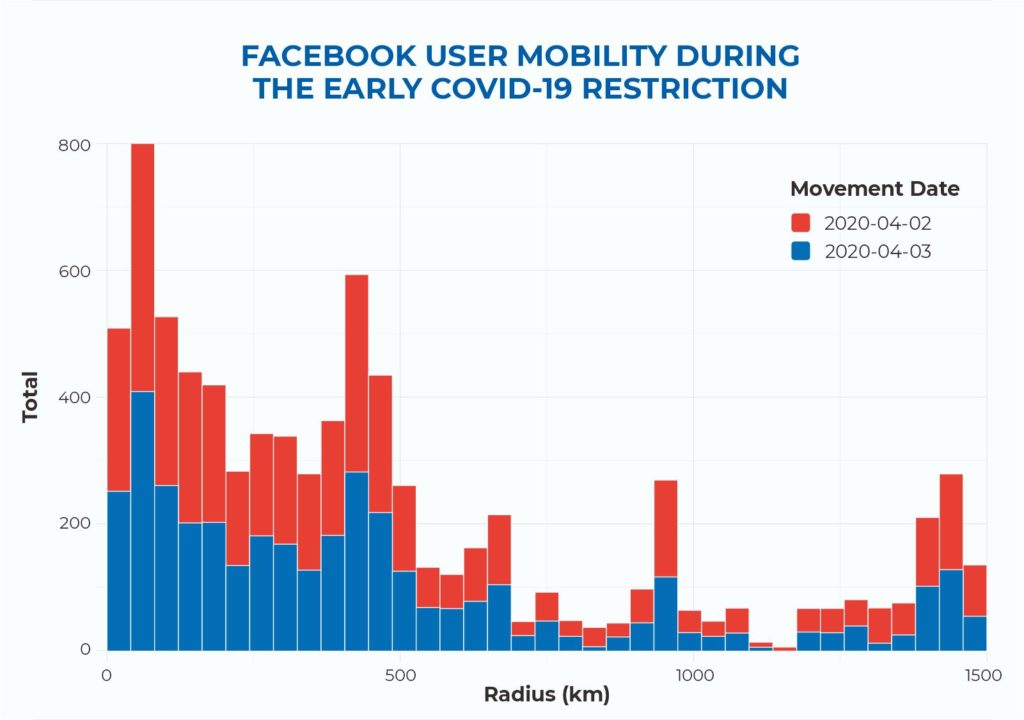
Examples and innovations such as these form a large part of the AHA Centre’s ICT Roadmap, as well as the organisation’s overall push for increasing information and communication technology advances at the front and centre of ASEAN disaster management. While there is still much to be determined, even the small portion of ICT currently being utilised by disaster managers is having a significant impact. Alternative data not only provides new and unique insights, but also supports governments and other disaster management stakeholders to overcome data management challenges – particularly in relation to speed and infrastructure access required to gather traditional data within emergency situations. With proper understanding and utilisation, alternative data could form an integral part of disaster management processes, and support the development of policies, processes and activities through all parts of the disaster management cycle.
Written by : William Shea | Source : Saraswati Development Innovation
- Published in Insight

